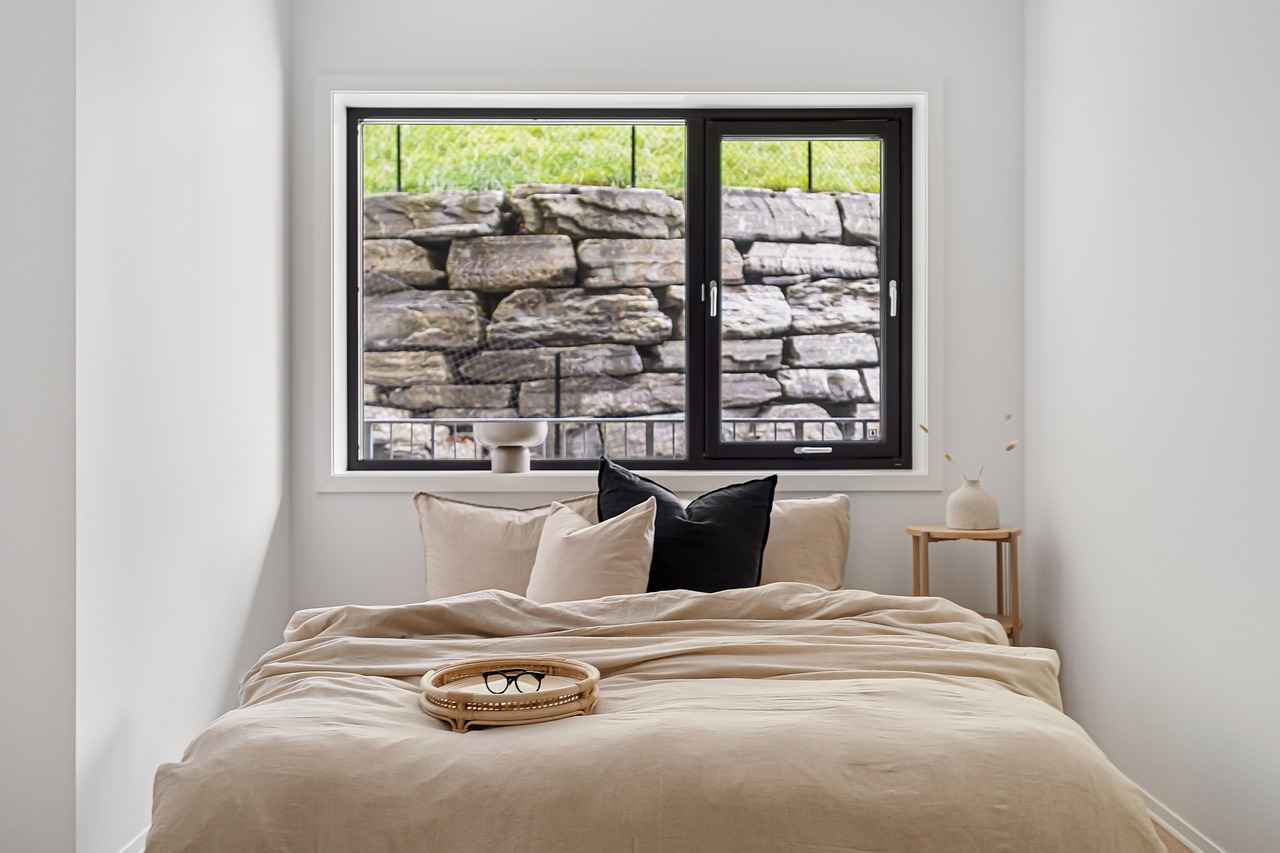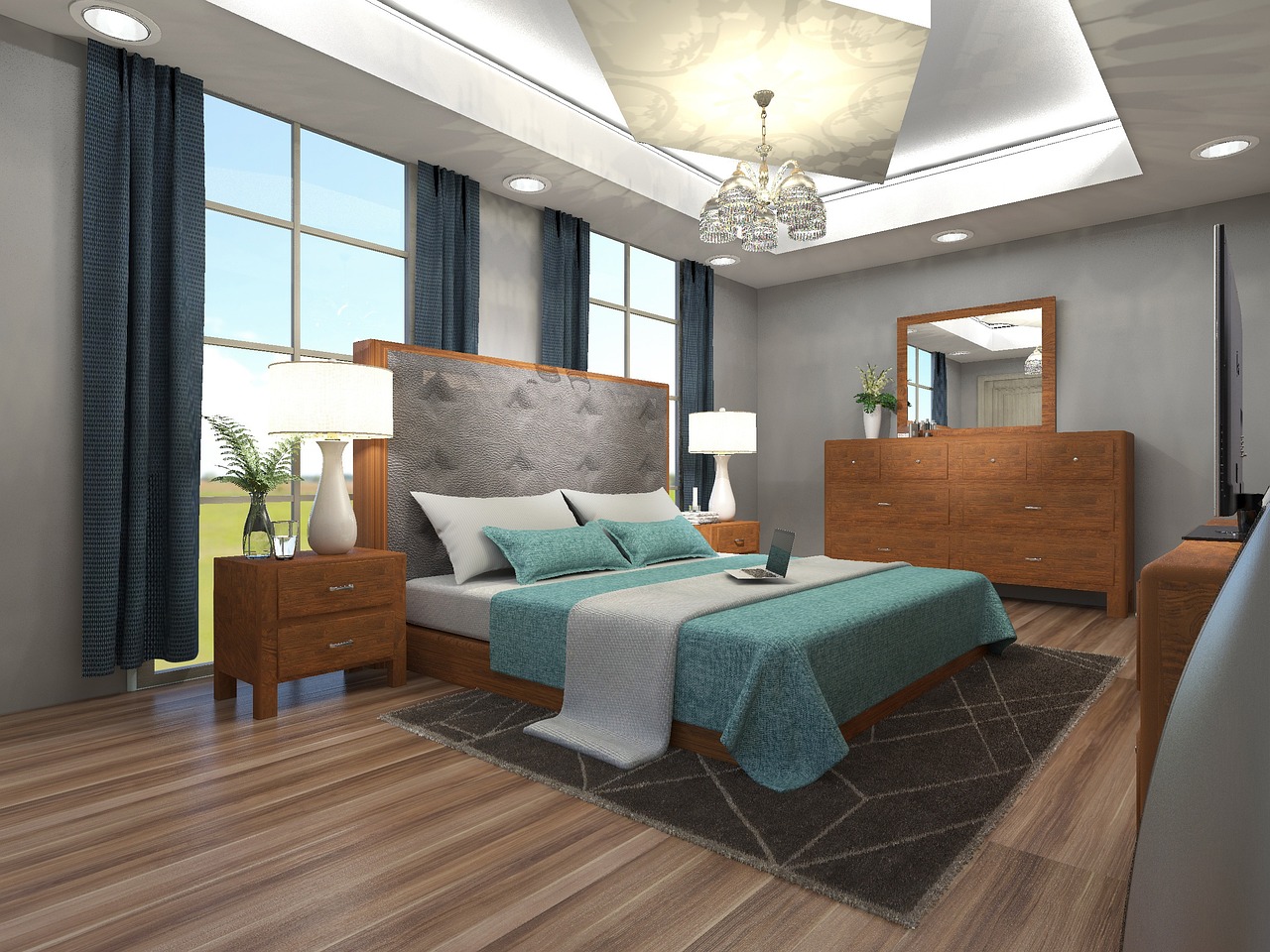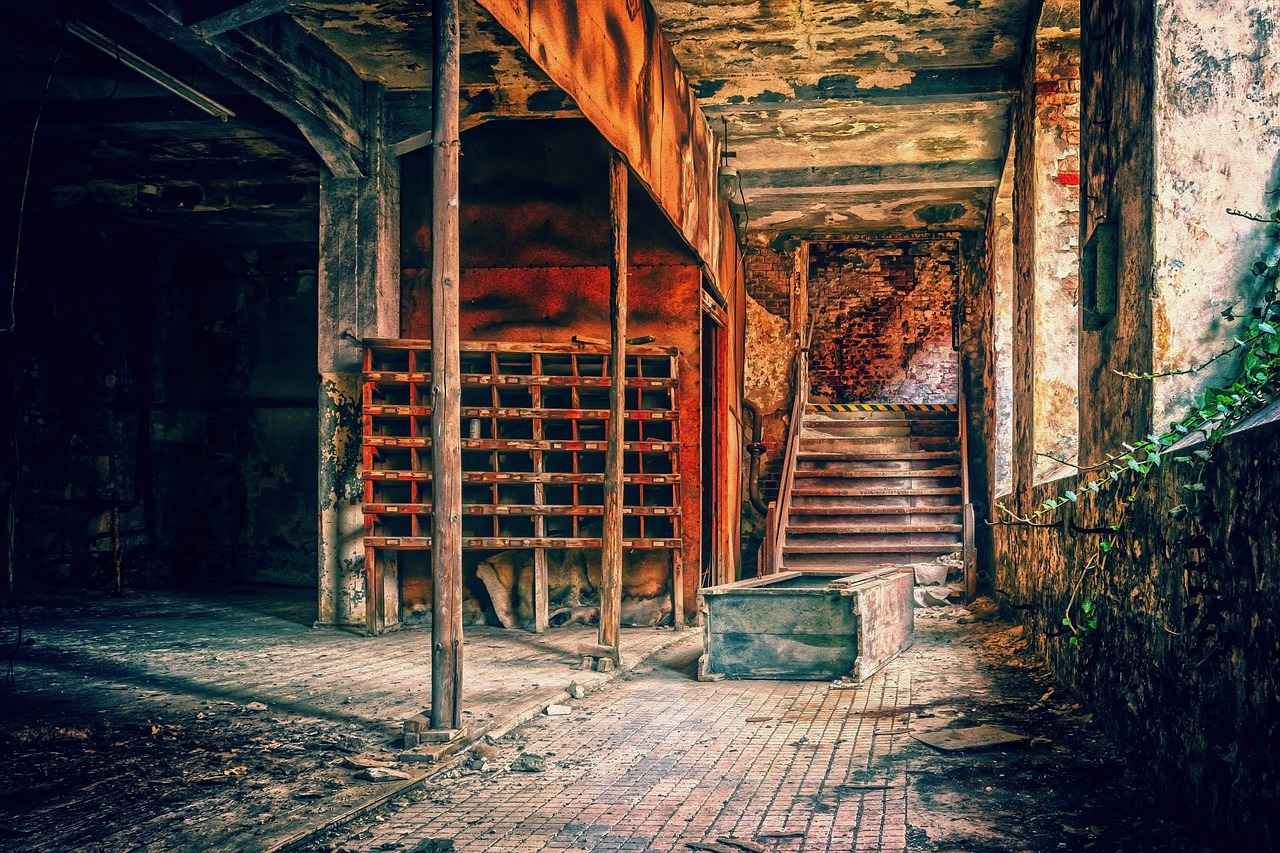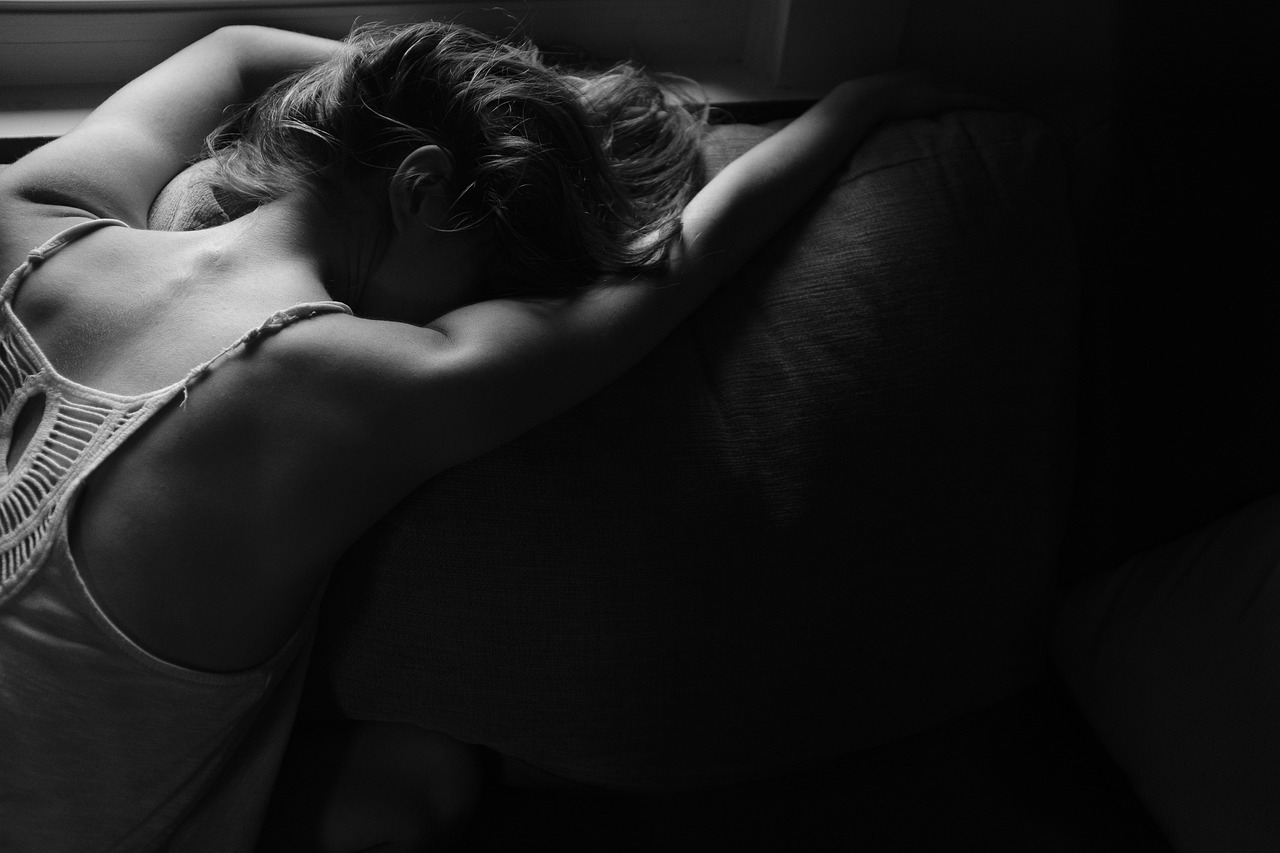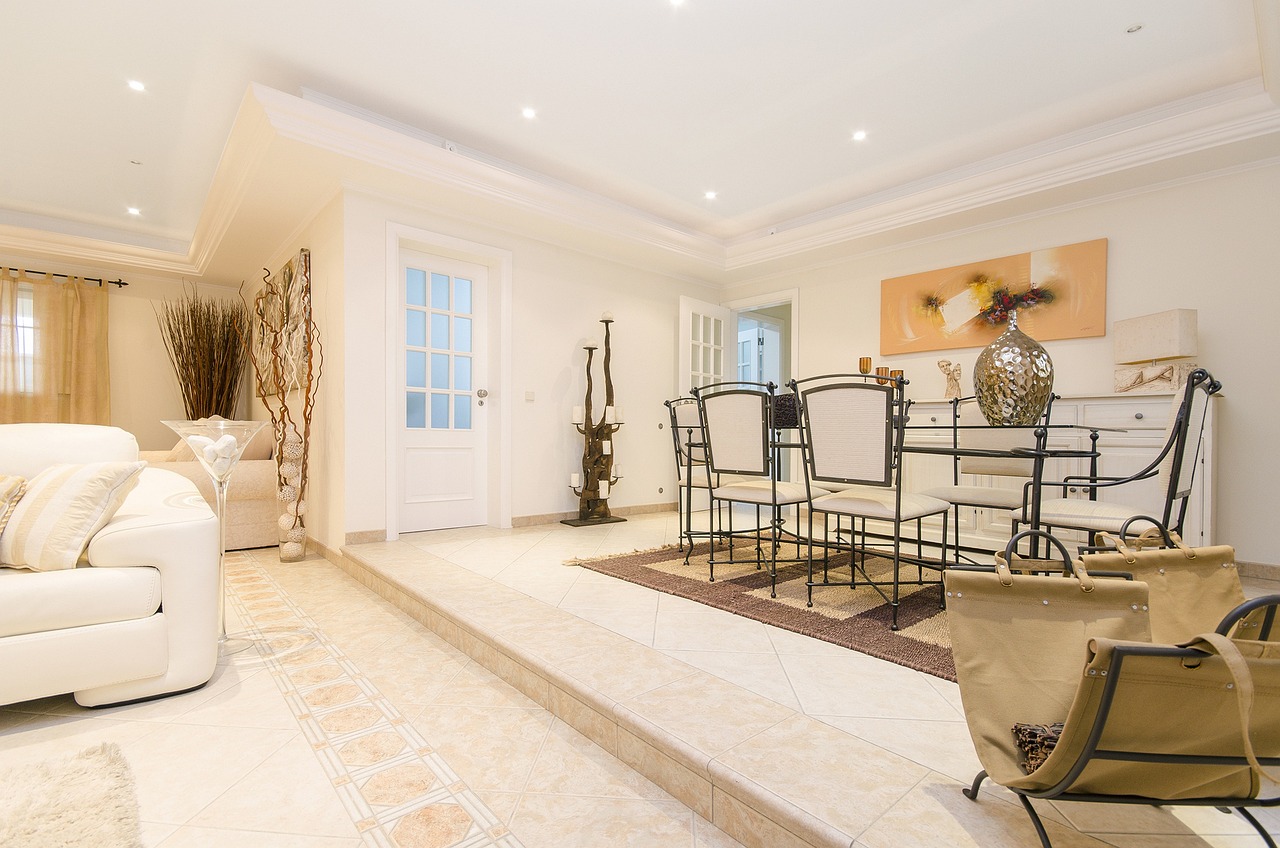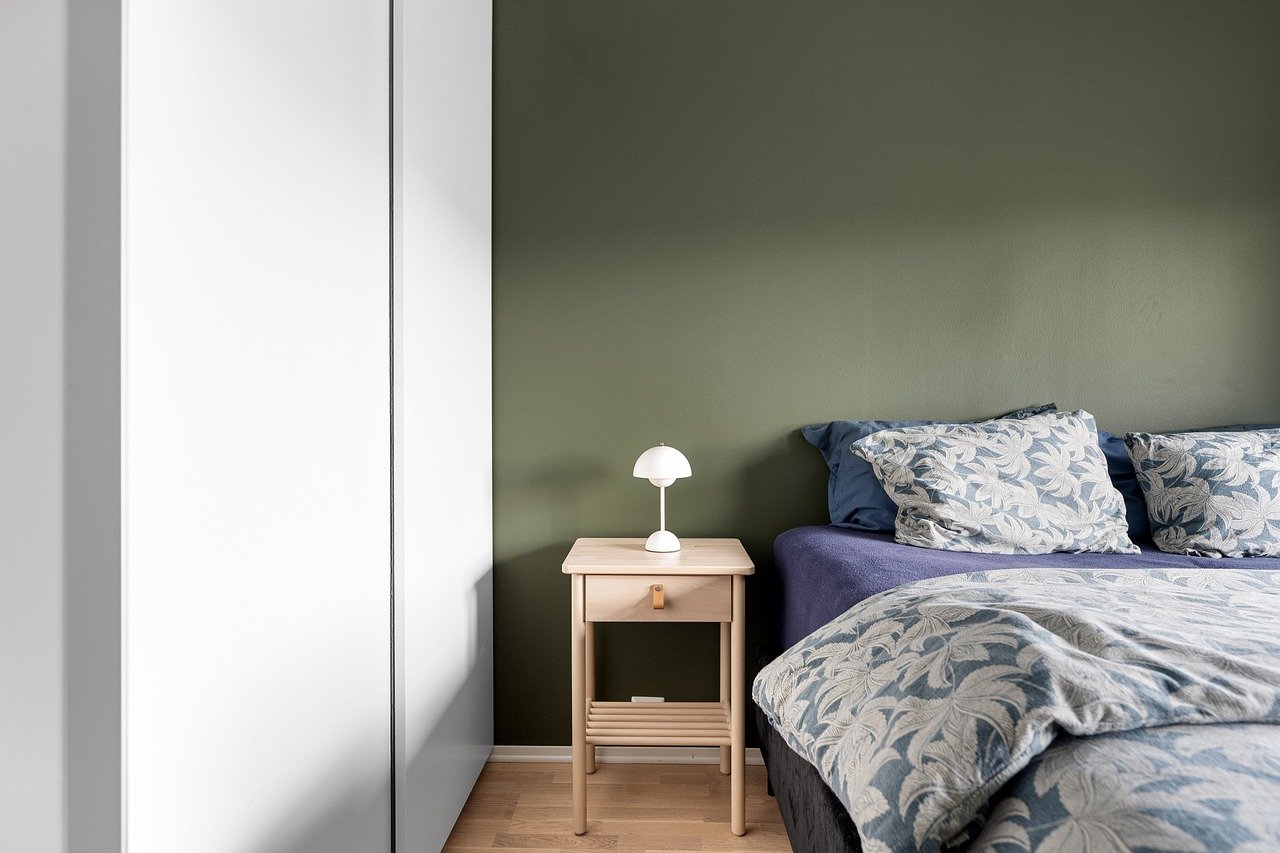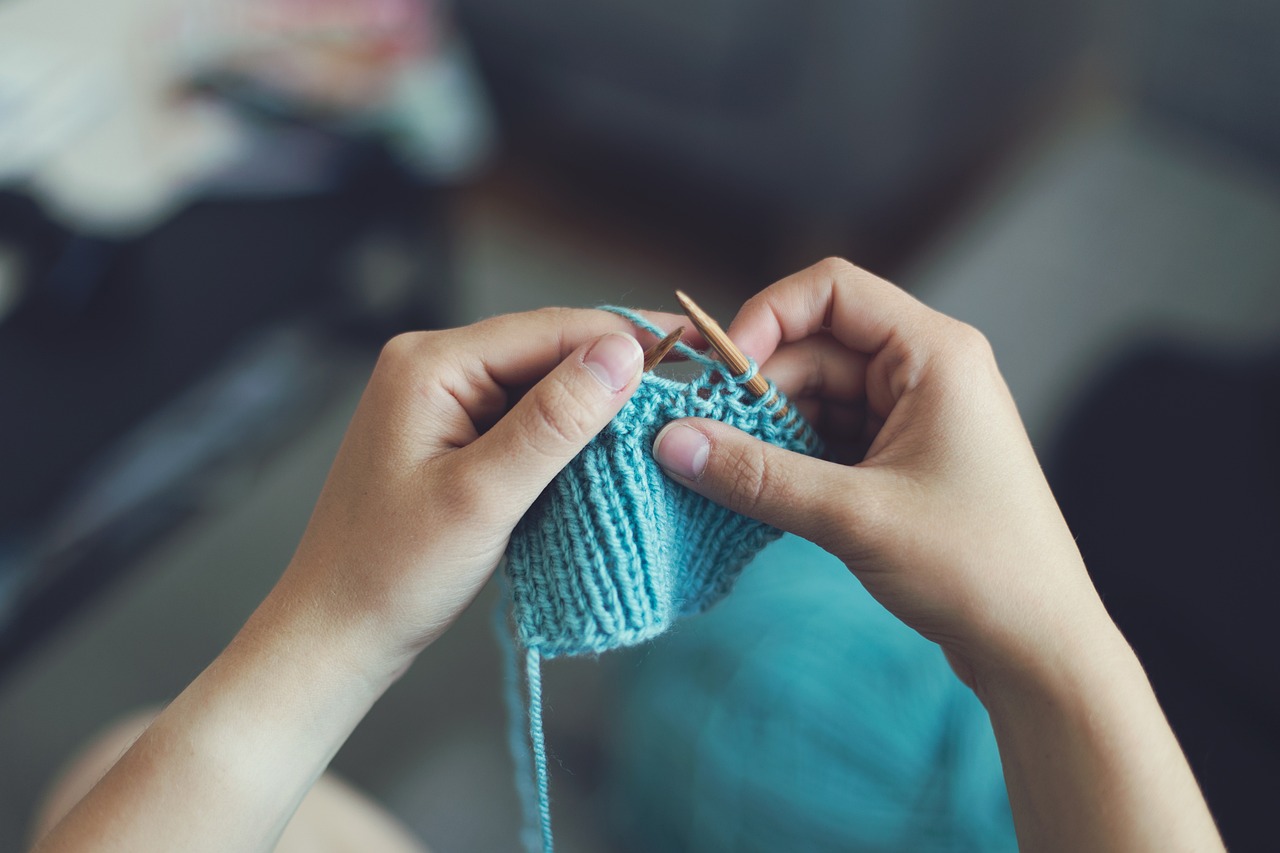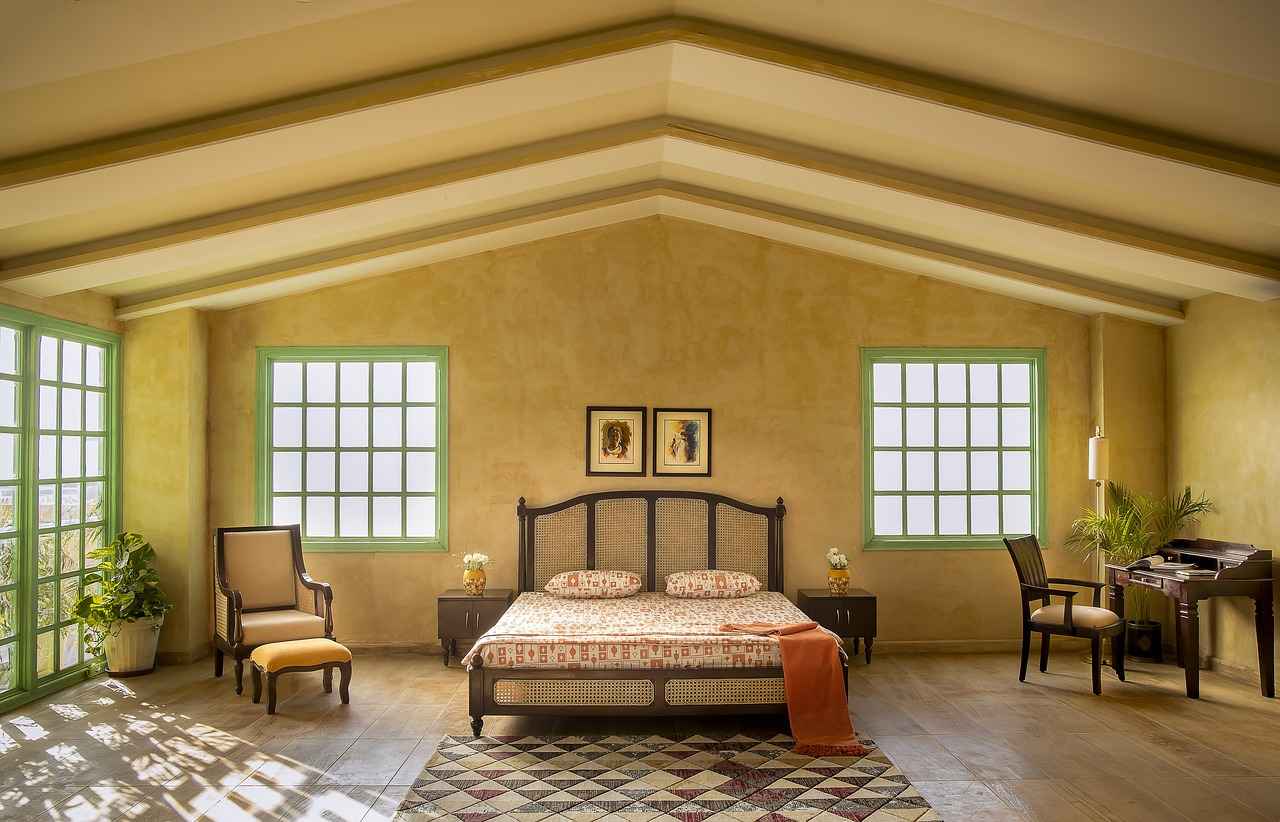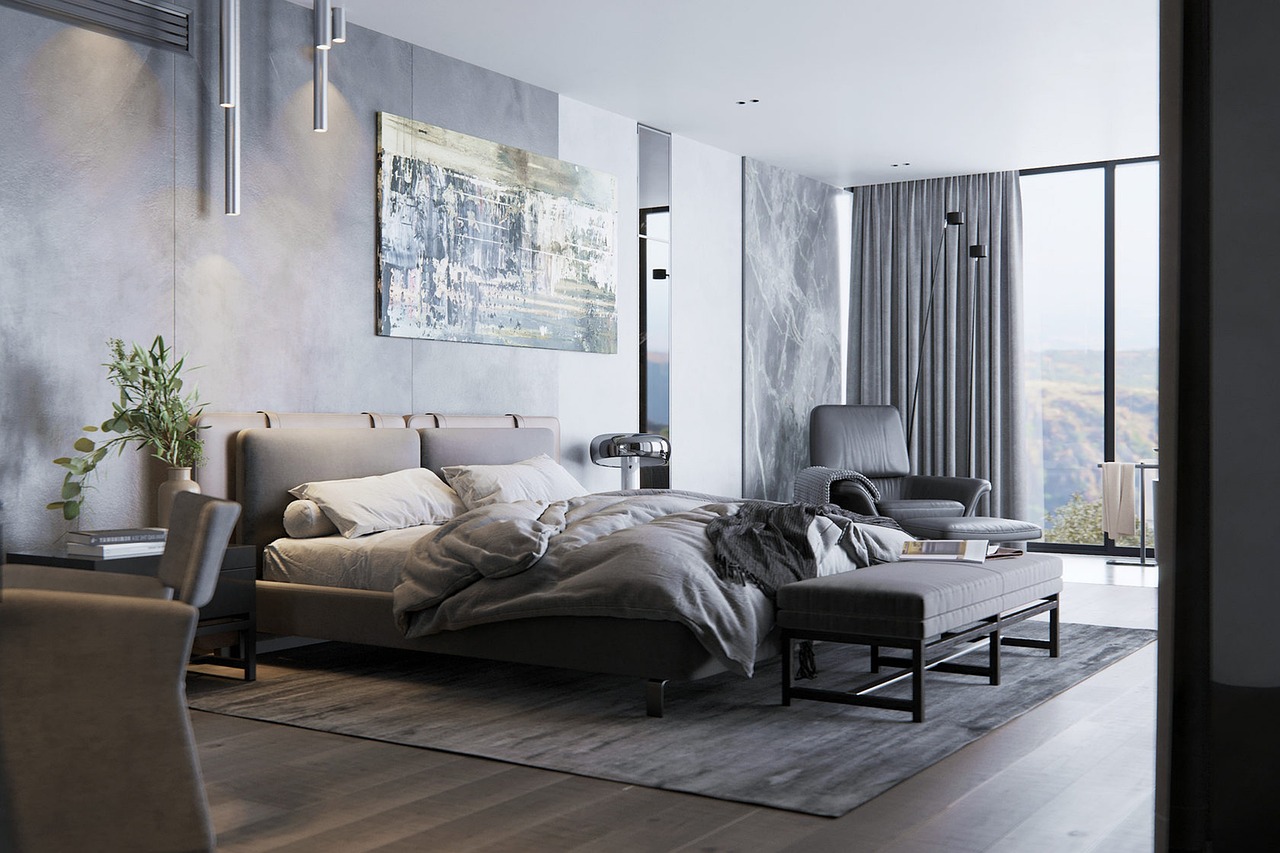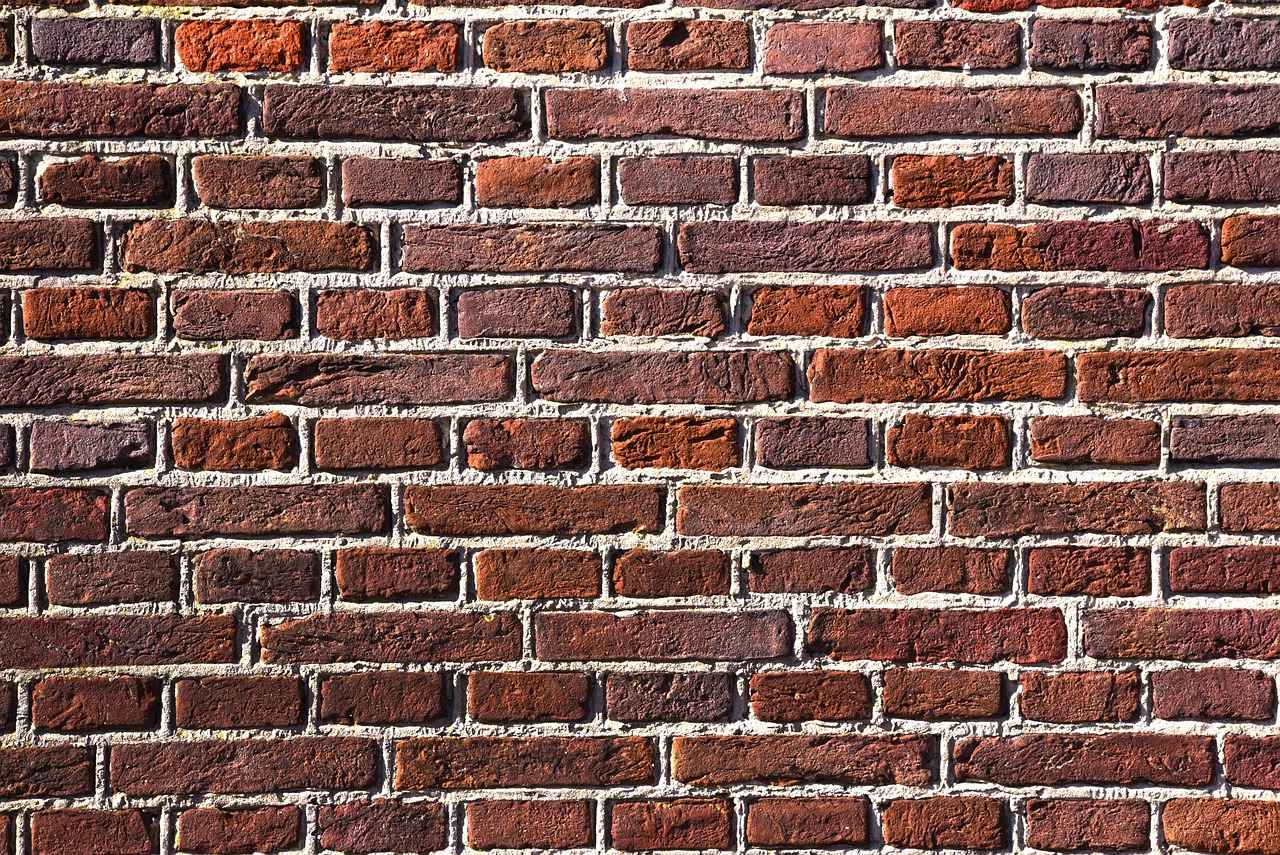This article explores the latest trends in bed back wall designs, offering insights into styles, materials, and practical tips to create a stunning focal point in your bedroom. A well-designed bed back wall not only enhances aesthetics but also contributes to the overall comfort and functionality of your space.
Understanding Bed Back Wall Design
Bed back wall design refers to the aesthetic and functional elements behind the bed, enhancing the overall bedroom ambiance and contributing to the room’s style and comfort. With the right design, the back wall can serve as a canvas for creativity, reflecting personal taste while providing essential support and features.
Popular Materials for Bed Back Walls
Choosing the right materials is crucial for durability and style. Common options include:
- Wood: Wooden back walls provide a warm and inviting feel. They can be crafted from various types of wood, offering versatility in design and finish, making them a favorite in contemporary homes.
- Fabric: Fabric wall panels are a trendy choice, adding texture and comfort. They can be upholstered in various colors and patterns, ideal for creating a cozy atmosphere.
- Wallpaper: Wallpaper can transform a simple wall into a work of art, with endless patterns and textures available.
- Stone: Natural stone adds a rustic charm and durability, creating a striking visual impact.
Color Trends for Bed Back Walls
Color plays a pivotal role in setting the mood of a bedroom. Current trends favor:
- Bold Colors: Deep hues like navy, forest green, and charcoal are gaining popularity, providing a dramatic backdrop.
- Soft Neutrals: Soft tones such as beige, taupe, and pastels create a calming environment conducive to relaxation.
Incorporating Lighting into Design
Lighting is essential in bed back wall design, enhancing visual appeal and functionality. Consider:
- Wall-mounted Fixtures: Sconces or LED strips can highlight the design, adding layers of light.
- Backlit Panels: These modern elements offer a soft glow, transforming the room’s ambiance.
Functional Aspects of Bed Back Walls
Beyond aesthetics, bed back walls can serve functional purposes:
- Integrated Storage: Incorporating shelves or cabinets maximizes space and provides convenient storage solutions.
- Soundproofing: Certain materials can improve sound insulation, creating a quieter environment for restful sleep.
DIY vs. Professional Installation
Deciding between a DIY project and hiring professionals can significantly impact the outcome:
- DIY Projects: Cost-effective and allow for personal expression, enabling unique designs.
- Hiring Professionals: For complex designs, professionals ensure quality workmanship, saving time and resulting in a polished finish.
Future Trends in Bed Back Wall Design
Emerging trends indicate a move towards personalization, sustainability, and technology integration:
- Smart Technology: Adjustable lighting and built-in speakers are becoming popular, allowing for a tailored experience.
- Sustainable Designs: The use of eco-friendly materials reflects a growing awareness of environmental impact.
In conclusion, the evolution of bed back wall designs showcases a blend of aesthetics and functionality. By incorporating the latest trends in materials, colors, and technology, homeowners can create a personalized sanctuary that not only looks stunning but also enhances their overall living experience.
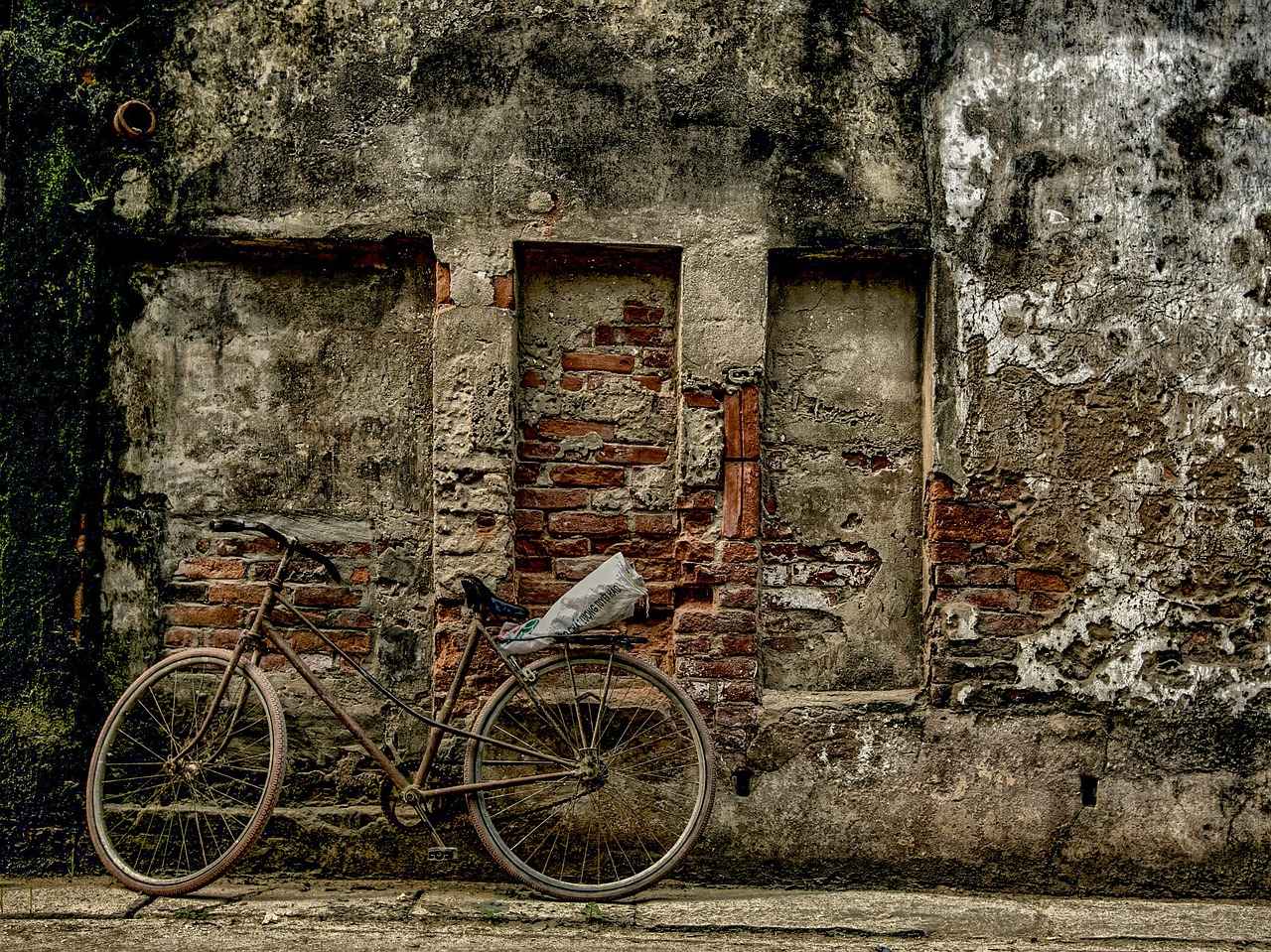
Understanding Bed Back Wall Design
Understanding bed back wall design is essential for creating a harmonious and inviting bedroom environment. This design element not only serves as a backdrop for the bed but also plays a crucial role in enhancing the overall aesthetic and functionality of the space. By incorporating various styles, materials, and colors, homeowners can transform a simple wall into a stunning focal point that reflects their personal taste.
Bed back wall design encompasses several aspects, including visual appeal, comfort, and functionality. It is important to consider how these elements interact to create a cohesive look. For instance, a well-designed bed back wall can significantly enhance the ambiance of the room, making it feel more inviting and comfortable. Additionally, it can serve practical purposes, such as providing storage or improving sound insulation.
- Aesthetic Appeal: The design of the bed back wall can set the tone for the entire bedroom. Whether opting for a bold statement piece or a subtle, elegant design, the choice of materials and colors can dramatically alter the room’s atmosphere.
- Comfort: A well-designed bed back wall can contribute to the overall comfort of the space. Soft materials, such as upholstered panels, can create a cozy feel, while the right color palette can promote relaxation.
- Functionality: Beyond aesthetics, bed back walls can incorporate functional elements like shelving, lighting, or soundproofing, enhancing the usability of the bedroom.
When choosing a design, it is crucial to consider the style of the bedroom. For contemporary spaces, sleek and minimalistic designs may be preferable, while more traditional homes might benefit from ornate details or classic wood finishes. The integration of lighting is also vital; strategically placed wall sconces or backlit panels can highlight the bed back wall, adding depth and warmth to the room.
Material selection is another critical factor in bed back wall design. Popular choices include:
| Material | Benefits |
|---|---|
| Wood | Warmth and versatility; available in various finishes. |
| Fabric | Adds texture and comfort; available in numerous colors and patterns. |
| Wallpaper | Offers endless design options; can create a dramatic effect. |
| Stone | Provides a rustic or modern look; durable and long-lasting. |
Color choices also play a pivotal role in bed back wall design. Current trends favor a mix of bold and muted tones. Deep colors like navy or charcoal can create a striking contrast, while soft neutrals like beige and taupe can promote a calming atmosphere. The color selected should resonate with the overall theme of the bedroom and contribute to the desired mood.
Incorporating lighting into the bed back wall design adds another layer of sophistication. Wall-mounted fixtures can enhance the visual appeal, while backlit panels create a soft glow that elevates the room’s ambiance. This integration of lighting not only beautifies the space but also improves functionality, allowing for reading or relaxation without harsh overhead lights.
Ultimately, understanding bed back wall design involves recognizing its multifaceted role in the bedroom. By carefully considering aesthetics, comfort, functionality, and the integration of materials and lighting, homeowners can create a stunning and personalized retreat that reflects their unique style and enhances their overall living experience.
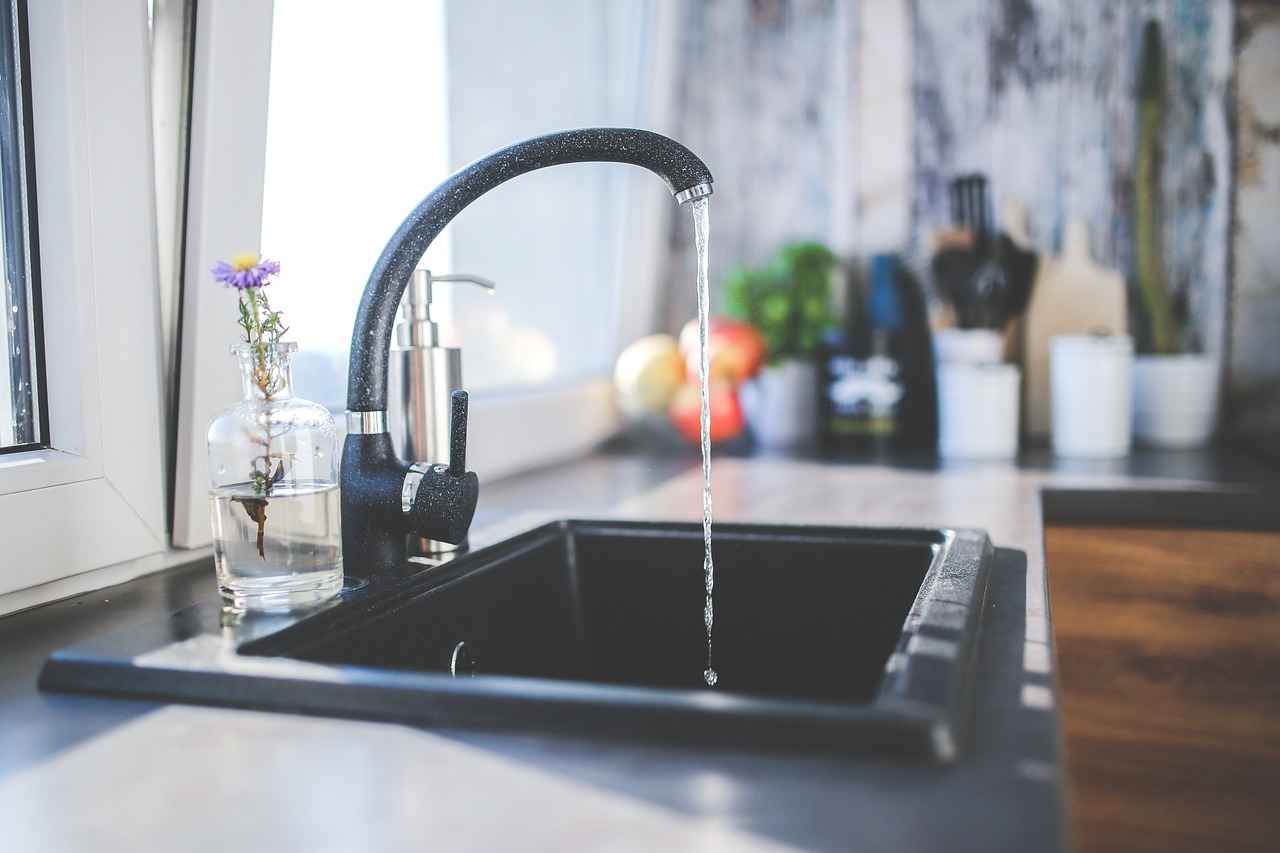
Popular Materials for Bed Back Walls
When designing a bedroom, the choice of materials for the bed back wall is not just a matter of aesthetics; it is a fundamental aspect that influences both durability and style. The materials you select can dramatically transform the ambiance of your space. Below, we explore some of the most popular options, including their unique characteristics and benefits for modern interiors.
Wooden back walls have long been favored for their warmth and inviting appeal. Various types of wood, such as oak, walnut, and pine, offer a range of textures and colors, allowing for a versatile design approach. The natural grain of the wood adds depth, creating a stunning focal point behind the bed.
- Matte Finishes: Provide a subtle, understated look.
- Gloss Finishes: Offer a polished, modern appearance.
- Distressed Finishes: Add character and a rustic charm.
For those who prioritize sustainability, options like bamboo and reclaimed wood are excellent choices. These materials not only reduce environmental impact but also bring a unique story and character to your bedroom design.
Fabric wall panels are another trendy option, known for their ability to add texture and comfort. Available in a multitude of colors and patterns, these panels can be customized to fit any design scheme. They are particularly effective in creating a cozy atmosphere, making the bedroom feel more inviting.
Wallpaper has made a significant comeback, offering an extensive array of designs, from bold prints to subtle textures. It allows for a high degree of personalization and can dramatically change the room’s feel. Whether you opt for a floral pattern or a sleek geometric design, wallpaper can serve as a striking backdrop for your bed.
For a more dramatic and luxurious look, stone back walls are an excellent choice. Materials like marble or slate provide a unique texture and a sense of permanence. Stone walls can also enhance the acoustics of the room, creating a peaceful retreat.
When choosing materials, color plays a pivotal role in setting the mood of the bedroom. Bold colors can create a striking focal point, while softer hues can promote a calming environment. It’s essential to consider how the material’s color will interact with other elements in the room.
The materials chosen for the bed back wall can also affect lighting in the space. For example, glossy surfaces reflect light, enhancing brightness, while matte finishes absorb it, creating a more intimate atmosphere. Incorporating lighting fixtures that complement your material choice can further enhance the overall design.
Beyond aesthetics, the materials you choose can offer functional benefits. For instance, fabric panels can provide sound insulation, while wooden walls can incorporate shelving for additional storage. Understanding the practical implications of your material choices is crucial for creating a well-rounded design.
In conclusion, selecting the right materials for your bed back wall is essential for achieving a balance between style and functionality. By considering the unique qualities of wood, fabric, wallpaper, and stone, you can create a stunning focal point that enhances your bedroom’s overall aesthetic. Each material offers distinct advantages, allowing you to tailor your design to your personal preferences and lifestyle.
Wooden Back Walls
Wooden back walls have emerged as a popular choice in modern interior design, seamlessly blending aesthetics with functionality. They create a warm and inviting atmosphere in bedrooms, making them a favored option among homeowners looking to enhance their space. The versatility of wood allows for a myriad of design possibilities, ensuring that each installation can be uniquely tailored to individual preferences.
One of the key advantages of wooden back walls is the variety of wood types available. From rich mahogany to light pine, each type of wood brings its own character and charm. This diversity enables homeowners to select materials that not only fit their design vision but also align with their lifestyle. For instance, reclaimed wood can add a rustic touch, while sleek, contemporary finishes can elevate a modern aesthetic.
In addition to the type of wood, the finish applied to the wood can dramatically influence the overall look of the back wall. Different finishes, such as matte, glossy, or distressed, can create various visual effects and textures. A matte finish tends to evoke a more understated elegance, while a glossy finish can enhance the vibrancy of the wood grain, making it a striking focal point in the room.
Furthermore, the trend toward sustainability has led to a rise in the popularity of eco-friendly wood options. Homeowners are increasingly opting for materials like bamboo or reclaimed timber, which not only contribute to a stylish design but also reflect a commitment to environmental responsibility. These sustainable choices allow for a beautiful aesthetic without compromising the planet’s health.
Another significant aspect of wooden back walls is their ability to serve as a sound barrier. Wood naturally absorbs sound, which can help create a quieter and more peaceful bedroom environment. This is particularly beneficial for urban dwellers or those living in shared spaces, where external noise can disrupt relaxation and sleep.
Moreover, wooden back walls can be integrated with lighting solutions to enhance their visual appeal. Incorporating wall-mounted sconces or LED strip lighting can highlight the natural beauty of the wood and create a cozy ambiance. Backlit panels are another innovative option, providing a soft glow that can transform the mood of the room, making it feel more luxurious and inviting.
When considering the design of a wooden back wall, it is essential to think about functional aspects as well. Many homeowners are now integrating shelves or built-in storage solutions into their back walls. This not only maximizes space but also keeps the bedroom organized and clutter-free. Such designs can incorporate decorative elements, books, or personal items, seamlessly blending functionality with style.
Ultimately, the choice of a wooden back wall is not just about aesthetics; it is also about creating a personal sanctuary that reflects individual tastes. Whether opting for a minimalist design or a more elaborate setup, wooden back walls can enhance the overall ambiance of a bedroom, making it a true reflection of the homeowner’s personality.
As trends continue to evolve, the use of wooden back walls in bedroom designs remains a timeless choice, offering both beauty and practicality. With the right selection of materials, finishes, and design elements, homeowners can create a stunning focal point that enhances their living space.
Types of Wood Finishes
When it comes to enhancing the aesthetic appeal of a bedroom, the type of wood finish applied to a wooden back wall can make a remarkable difference. Different finishes, including matte, gloss, and distressed, not only influence the visual aspect but also contribute to the overall atmosphere of the space. Understanding these finishes can help homeowners make informed decisions that reflect their personal style.
Wood finishes are protective coatings applied to wooden surfaces, providing both durability and aesthetic enhancement. They come in various types, each offering distinct characteristics that can significantly alter the appearance of wooden back walls.
A matte finish offers a non-reflective surface that absorbs light rather than reflecting it. This finish is ideal for creating a soft, natural look that emphasizes the wood’s grain and texture. Matte finishes are particularly popular in modern and minimalist designs, as they evoke a sense of calm and simplicity.
In contrast, a gloss finish provides a shiny, reflective surface that can make a room feel more vibrant and spacious. This type of finish is excellent for highlighting intricate wood patterns and can add a touch of elegance to any bedroom. Gloss finishes are often used in contemporary designs, where a sleek, polished appearance is desired.
The distressed finish is a favorite among those seeking a rustic or vintage aesthetic. This finish involves intentionally aging the wood to create a weathered look, complete with scratches, dents, and color variations. Distressed finishes are perfect for creating a cozy, inviting atmosphere, making them a popular choice in farmhouse and eclectic designs.
When selecting a wood finish for a back wall, consider the overall theme of the bedroom. For example:
- Modern styles may benefit from matte or gloss finishes to achieve a sleek appearance.
- Traditional or rustic designs can be enhanced with distressed finishes that bring warmth and character.
Additionally, the choice of finish can also affect the maintenance and durability of the wood. Gloss finishes tend to be more resistant to stains and moisture, while matte finishes may require more frequent touch-ups.
For a unique look, consider combining different finishes within the same wooden back wall. For instance, a glossy frame around a matte center panel can create a striking contrast that draws the eye. This technique allows for greater customization and can reflect the homeowner’s personality.
In summary, the type of wood finish selected for a wooden back wall plays a crucial role in defining the bedroom’s overall aesthetic. Whether opting for a matte, gloss, or distressed finish, understanding the characteristics and implications of each can lead to a more personalized and satisfying design. By carefully considering these options, homeowners can create a stunning focal point that resonates with their individual style.
Eco-Friendly Wood Options
As the demand for sustainable living increases, homeowners are turning towards to enhance their interior designs. Among these, bamboo and reclaimed timber have emerged as frontrunners, offering both aesthetic appeal and environmental benefits. This article delves into these materials, exploring their characteristics, benefits, and how they can be incorporated into modern home design.
Bamboo is not only a fast-growing grass but also a remarkably durable material, making it an ideal choice for eco-conscious homeowners. It can grow up to 91 cm in a single day and reaches maturity in just three to five years, significantly faster than traditional hardwoods. This rapid growth rate allows for sustainable harvesting without depleting forests.
- Durability: Bamboo is known for its strength, often compared to hardwoods like oak and maple.
- Versatility: It can be used in various applications, including flooring, furniture, and decorative wall panels.
- Natural Aesthetic: Bamboo has a unique grain and color, providing a warm and inviting atmosphere.
Reclaimed timber refers to wood that has been salvaged from old buildings, furniture, or other structures. This practice not only reduces waste but also adds character and history to modern designs. Each piece of reclaimed wood carries its own story, making it a unique addition to any home.
- Environmental Impact: Using reclaimed wood helps to conserve natural resources and reduce deforestation.
- Character and Beauty: The weathered look of reclaimed wood adds charm and a rustic touch to interiors.
- Quality: Often, reclaimed wood is of higher quality than new wood, as it has matured over decades.
Integrating bamboo and reclaimed timber into your home can be both stylish and sustainable. Here are some practical insights:
- Accent Walls: Create a stunning focal point by using bamboo panels or reclaimed wood planks as an accent wall behind your bed or sofa.
- Furniture: Opt for furniture crafted from these materials, such as coffee tables, chairs, and shelving units that showcase their natural beauty.
- Flooring: Consider bamboo flooring for a modern and eco-friendly alternative to traditional hardwood floors.
Making the switch to eco-friendly wood options comes with a myriad of benefits:
- Healthier Indoor Environment: Bamboo and reclaimed wood are often free from harmful chemicals found in many manufactured products, contributing to better indoor air quality.
- Energy Efficiency: The production of bamboo and reclaimed wood typically requires less energy compared to conventional lumber, making it a more sustainable choice.
- Increased Home Value: Homes featuring sustainable materials are increasingly sought after, potentially increasing property value.
Incorporating eco-friendly wood options like bamboo and reclaimed timber into your home design not only enhances the aesthetic appeal but also reflects a commitment to sustainability. As the trend towards environmentally conscious living continues to grow, these materials offer a stylish solution for homeowners looking to create beautiful, sustainable spaces.
Fabric Wall Panels
have emerged as a popular design element in modern interiors, offering an exquisite blend of style and functionality. These panels not only enhance aesthetic appeal but also contribute to the overall comfort of a space. Upholstered in a wide array of colors and patterns, fabric wall panels can transform any room into a cozy retreat, making them an ideal choice for bedrooms, living rooms, and even commercial spaces.
- Texture and Warmth: Fabric wall panels introduce a tactile element that adds depth and warmth to a room. The soft surface can create a more inviting atmosphere, perfect for relaxation.
- Sound Absorption: One of the significant advantages of fabric panels is their ability to absorb sound. This feature is particularly beneficial in urban environments or large spaces where noise reduction is desired.
- Customization: Fabric wall panels can be tailored to fit any design scheme. Homeowners can select from various fabrics, colors, and patterns, ensuring that the panels complement existing decor.
- Easy Maintenance: Many fabric wall panels are designed to be easily cleaned or replaced, making them a practical choice for high-traffic areas.
As interior design evolves, so do the trends surrounding fabric wall panels. Currently, the following trends are gaining traction:
- Bold Patterns: Geometric shapes and floral designs are increasingly popular, allowing homeowners to make a statement.
- Textured Fabrics: Materials such as velvet, linen, and suede are favored for their luxurious feel and visual interest.
- Color Blocking: Combining different colors and patterns within a single panel can create a striking focal point, enhancing the overall aesthetic of the room.
Fabric wall panels can be installed in various ways, depending on the desired look and functionality:
- Adhesive Panels: These are easy to install and can be a great DIY project for homeowners looking to refresh their space.
- Framed Panels: For a more structured look, fabric can be stretched over a wooden frame, providing a polished finish.
- Modular Systems: These systems allow for easy customization and reconfiguration, perfect for those who like to change their decor frequently.
When selecting fabric for wall panels, consider the following factors:
- Durability: Choose fabrics that can withstand wear and tear, especially in high-traffic areas.
- Color Fastness: Ensure that the colors won’t fade over time, maintaining the vibrancy of your design.
- Maintenance: Opt for materials that are easy to clean and maintain, particularly in spaces prone to spills or stains.
Fabric wall panels present a versatile and stylish solution for enhancing interior spaces. With their ability to add texture, warmth, and sound absorption, they are an excellent choice for modern design. By considering current trends and practical installation options, homeowners can create a unique and inviting atmosphere that reflects their personal style.
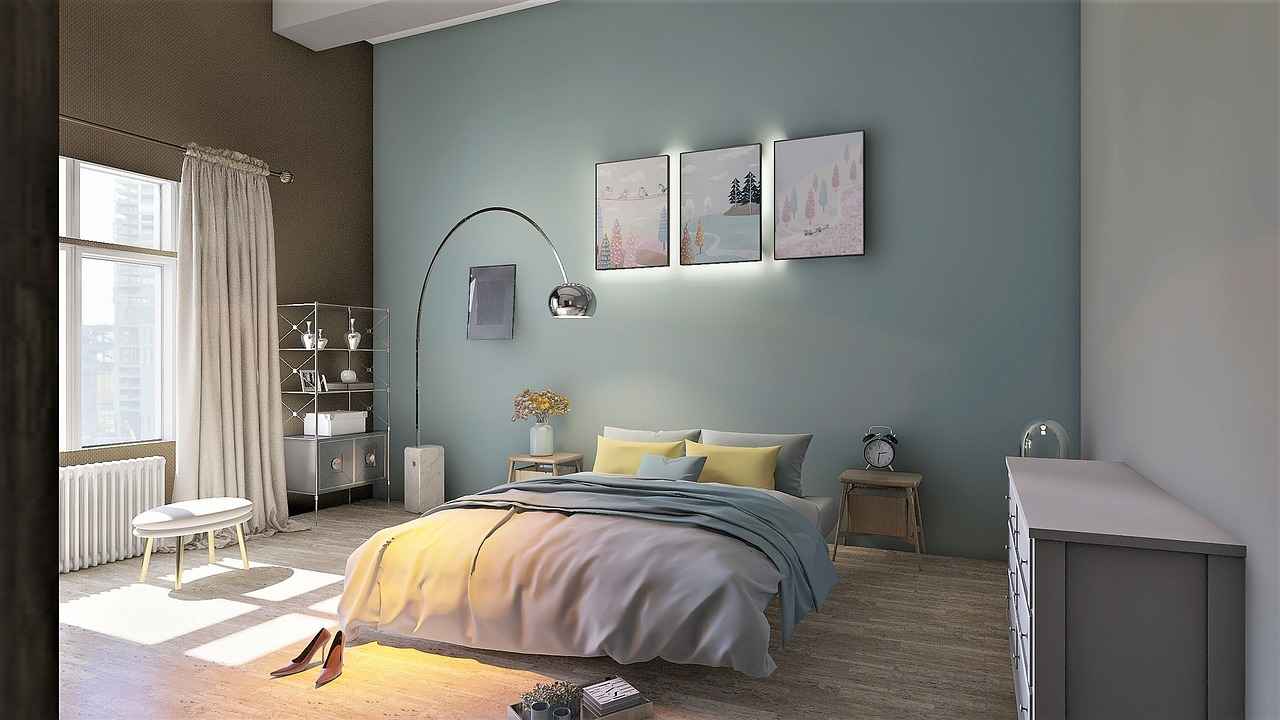
Color Trends for Bed Back Walls
Color is a fundamental element in interior design, especially when it comes to creating a welcoming and restful atmosphere in the bedroom. The bed back wall serves as a canvas that can reflect personal style while also influencing the overall mood of the space. In recent years, various color trends have emerged that cater to diverse tastes and preferences, making it easier to find the perfect hue for your sanctuary.
Understanding the psychological impact of color can significantly enhance your bedroom’s ambiance. Colors evoke emotions and can influence our feelings and behaviors. For instance, blue is often associated with calmness and serenity, making it an ideal choice for a restful bedroom environment. In contrast, red can stimulate energy and passion, which may not be suitable for a space dedicated to relaxation.
Bold colors are gaining traction in contemporary bedroom designs. Deep hues like navy blue, charcoal gray, and forest green are particularly popular. These colors can create a dramatic backdrop that draws attention and adds depth to the room. When used on a bed back wall, they can make the bed the focal point, enhancing the overall aesthetic.
- Navy Blue: Provides a sophisticated and calming effect.
- Charcoal Gray: Offers a modern and elegant touch.
- Forest Green: Brings a sense of nature indoors, promoting tranquility.
On the other end of the spectrum, soft and neutral colors are favored for their ability to create a serene environment. Shades like beige, taupe, and pastel colors are ideal for those seeking a peaceful retreat. These colors can make a room feel airy and spacious, allowing for relaxation and rest.
Examples of Soft and Neutral Colors:1. Beige - Classic and timeless.2. Taupe - A warm, inviting choice.3. Pastels - Soft hues that create a gentle atmosphere.
Another trend gaining popularity is the use of monochromatic color schemes. This approach involves selecting varying shades of a single color to create a harmonious and cohesive look. For example, a light gray bed back wall paired with darker gray bedding can create depth without overwhelming the space.
Incorporating accent colors is a fantastic way to personalize your bedroom. By adding pops of color through accessories, such as pillows, artwork, or throws, you can enhance the bed back wall’s color without committing to a bold hue. This method allows for flexibility and easy updates as trends change.
| Primary Color | Accent Colors |
|---|---|
| Navy Blue | Gold, White |
| Soft Gray | Blush Pink, Mint Green |
| Forest Green | Mustard Yellow, Cream |
Don’t forget the role of lighting in how color is perceived. Natural light can enhance the vibrancy of colors, while artificial lighting can alter their appearance. Consider using warm-toned lights to create a cozy atmosphere, especially with darker colors, or cool-toned lights to emphasize lighter shades.
In conclusion, the color trends for bed back walls are diverse, catering to various aesthetic preferences and psychological impacts. Whether you lean towards bold and dramatic hues, soft and neutral tones, or a combination of both, the right color can transform your bedroom into a personal sanctuary.
Bold and Dark Colors
are rapidly becoming a defining feature in modern bedroom design. These rich hues not only create a striking visual impact but also evoke a sense of depth and sophistication that can transform any space. Colors like navy, forest green, and charcoal are particularly popular choices, offering a dramatic backdrop that makes the bed area a stunning focal point.
In recent years, homeowners and designers alike have gravitated towards these deep colors for several reasons. First and foremost, they provide an intimate atmosphere, perfect for relaxation and unwinding at the end of the day. The boldness of these colors can help to create a cozy cocoon-like environment, making the bedroom feel more inviting.
Another significant advantage of using bold colors is their versatility. For instance, a navy blue wall can pair beautifully with a variety of bedding and decor styles, from crisp white linens to vibrant jewel tones. Similarly, forest green can evoke a natural, serene vibe, especially when complemented with wooden accents and plants. Charcoal, on the other hand, offers a modern and sleek aesthetic that can easily adapt to both contemporary and traditional designs.
When incorporating these deep colors into your bedroom, consider the following tips:
- Accent Walls: Instead of painting all four walls a dark color, consider creating an accent wall behind the bed. This approach allows you to enjoy the richness of the color without overwhelming the space.
- Layering Textures: Use different textures to add depth to your design. For example, a velvet headboard against a charcoal wall can create a luxurious feel.
- Lighting Considerations: Deep colors absorb light, so it’s essential to incorporate adequate lighting. Consider using wall-mounted fixtures or backlit panels to enhance the overall ambiance.
Moreover, the psychological impact of these colors cannot be overlooked. Navy blue is associated with calmness and stability, making it an excellent choice for promoting relaxation. Forest green connects us to nature, providing a refreshing and rejuvenating effect, while charcoal can evoke sophistication and elegance.
As you explore the possibilities of bold and dark colors in your bedroom design, remember that the key to success lies in balance. Pairing these hues with lighter elements, such as white or soft pastels, can create a harmonious look that is both modern and inviting. Additionally, incorporating plants and natural materials can help to soften the overall aesthetic, making it feel more grounded and connected to nature.
In conclusion, embracing bold and dark colors like navy, forest green, and charcoal can significantly enhance the visual appeal of your bedroom. These colors not only serve as a dramatic backdrop but also contribute to a cozy and inviting atmosphere. By thoughtfully integrating these shades with the right textures, lighting, and complementary colors, you can create a stunning and personalized sanctuary that reflects your unique style.
Soft and Neutral Palettes
In the realm of interior design, have emerged as a favored choice for creating tranquil spaces, particularly in bedrooms. These color schemes, which include shades of beige, taupe, and gentle pastels, are increasingly recognized for their ability to foster a calming atmosphere. The subtlety of these hues not only enhances the aesthetic appeal of a room but also contributes significantly to relaxation and sleep quality.
One of the primary benefits of using soft neutrals is their versatility. They serve as a perfect backdrop for various design elements, allowing for the incorporation of bolder accents without overwhelming the senses. For instance, a soft beige wall can be complemented with vibrant throw pillows or artwork, creating a balanced and inviting space. This adaptability makes neutral shades an excellent choice for those who enjoy changing their decor frequently.
Moreover, soft neutrals have a unique ability to reflect light, making spaces feel larger and more airy. This quality is particularly beneficial in smaller bedrooms, where darker colors might make the area feel cramped. By opting for lighter shades, homeowners can create an illusion of depth, enhancing the overall spaciousness of the room.
When considering the psychological effects of color, soft neutrals are renowned for their ability to promote tranquility. Studies have shown that colors like taupe and pastel blue can lower stress levels, making them ideal choices for bedrooms where relaxation is paramount. The calming effect of these colors can help create a sanctuary away from the hustle and bustle of daily life, encouraging a peaceful night’s sleep.
In addition to their calming properties, soft neutrals are also timeless. Trends in interior design may come and go, but neutral palettes remain a constant, ensuring that a bedroom’s decor will not quickly feel outdated. This longevity makes investing in soft and neutral colors a wise choice for homeowners looking to create a lasting aesthetic.
Furthermore, incorporating textures alongside these colors can enhance the overall design. Soft fabrics, such as plush throws or velvet cushions, can add depth and interest to a neutral palette. Pairing a taupe wall with a textured fabric headboard can create a focal point that draws the eye and invites relaxation.
Another important aspect to consider is the integration of natural elements. Incorporating plants or wooden accents can complement soft neutral colors, bringing warmth and a sense of nature indoors. This biophilic approach not only enhances visual appeal but also contributes to a healthier living environment, promoting well-being and tranquility.
In conclusion, soft and neutral palettes, characterized by shades like beige, taupe, and pastels, are an excellent choice for bedroom design. Their versatility, calming effects, and timeless appeal make them ideal for creating serene environments that promote relaxation and restful sleep. By thoughtfully incorporating textures and natural elements, homeowners can further enhance the beauty and comfort of their spaces.
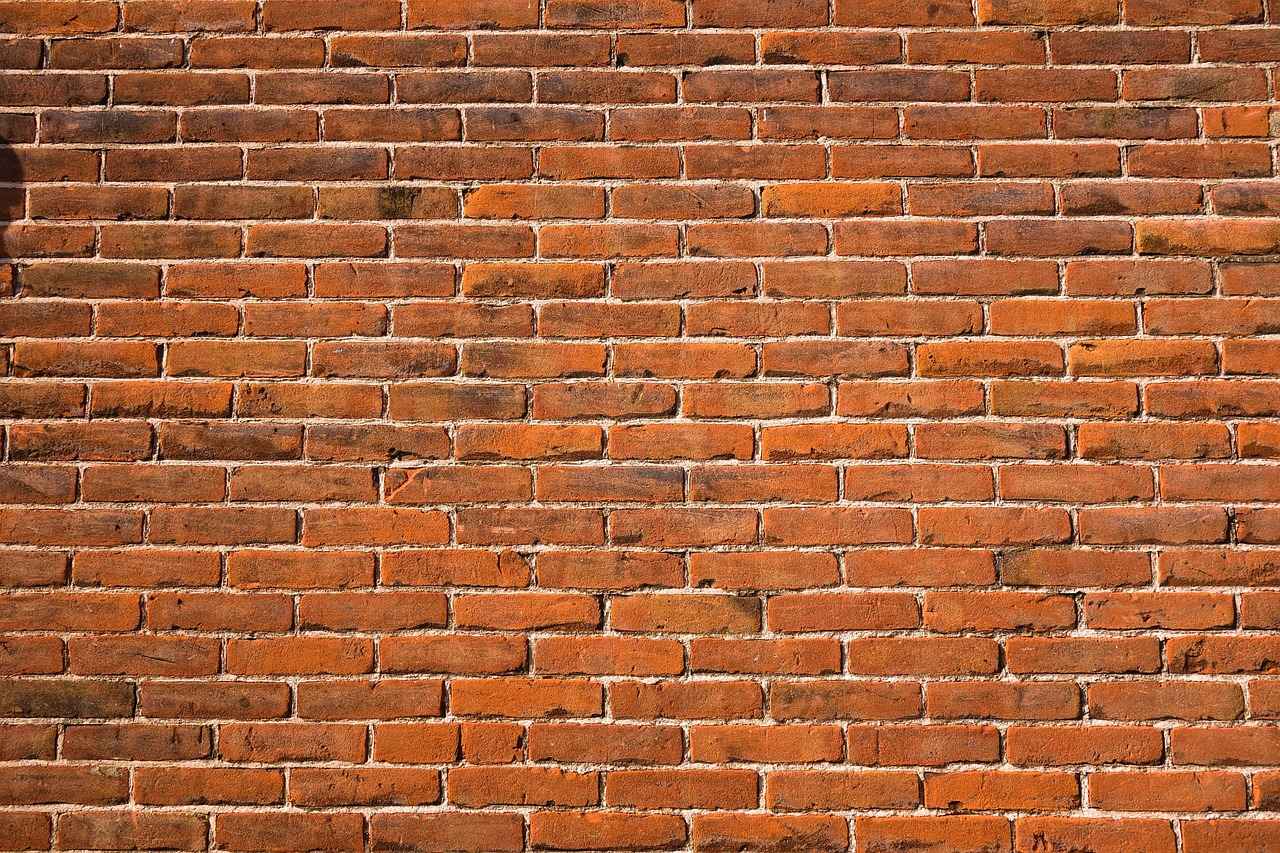
Incorporating Lighting into Design
Incorporating lighting into bed back wall design is a crucial aspect that significantly enhances both the aesthetic and functional qualities of a bedroom. Effective lighting can transform a simple wall into a stunning focal point, creating an ambiance that is both inviting and relaxing. The right lighting choices can also accentuate the materials and colors used in the design, making the overall space feel cohesive and thoughtfully curated.
Lighting serves multiple purposes in bedroom design. It not only illuminates the space but also creates a mood that can influence relaxation and comfort. A well-lit bedroom can feel more spacious and welcoming, while dim lighting can foster a sense of tranquility, perfect for winding down at the end of the day. Therefore, understanding how to effectively incorporate lighting into the bed back wall design is essential for achieving the desired atmosphere.
- Ambient Lighting: This is the primary source of light in the room, providing overall illumination. Ceiling fixtures or recessed lights can serve as effective ambient lighting options.
- Task Lighting: Focused lighting is essential for specific activities, such as reading in bed. Bedside lamps or wall-mounted sconces can provide adequate task lighting without overwhelming the space.
- Accent Lighting: This type of lighting highlights specific features of the bed back wall design, such as artwork or texture. LED strip lights or spotlights can add depth and interest to the wall.
Wall-mounted lighting fixtures are an excellent choice for bed back wall designs. They save space on nightstands and can be positioned at optimal heights for reading or accentuating design elements. Sconces come in various styles, from modern to traditional, allowing homeowners to select fixtures that complement their overall design theme. Additionally, adjustable sconces can provide flexibility, allowing users to direct light where it is needed most.
Backlit panels are a contemporary trend that adds a luxurious feel to the bedroom. These panels can be integrated into the bed back wall design, casting a soft glow that enhances the overall ambiance. This type of lighting not only creates a stunning visual effect but also serves as a nightlight, providing just enough illumination for nighttime navigation without being too harsh on the eyes.
Layering different types of lighting can create a more dynamic and inviting atmosphere. By combining ambient, task, and accent lighting, homeowners can achieve a balanced look that enhances the bed back wall design. For example, a combination of recessed lighting for overall illumination, wall sconces for task lighting, and LED strips for accent lighting can create a visually appealing and functional space.
As technology advances, smart lighting solutions are becoming increasingly popular in bedroom design. Homeowners can now control the brightness and color of their lights through smartphone apps or voice commands. This feature allows for personalized lighting experiences, enabling users to adjust the ambiance according to their mood or activity. Integrating smart lighting into the bed back wall design can elevate the overall experience, making the bedroom more versatile and user-friendly.
Incorporating lighting into bed back wall design is essential for creating a warm, inviting atmosphere while enhancing the room’s functionality. By thoughtfully selecting and layering different types of lighting, homeowners can transform their bedrooms into stylish retreats that reflect their personal tastes and needs.
Wall-mounted Lighting Fixtures
When it comes to bedroom design, the details matter immensely, and one of the most impactful elements is the lighting. Among the various options available, stand out for their ability to enhance both the functionality and aesthetic appeal of the space. These fixtures, which include sconces and LED strips, are not just practical; they also play a crucial role in creating a layered lighting effect that can transform the atmosphere of the bedroom.
Wall-mounted fixtures serve multiple purposes. They can highlight the bed back wall design, drawing attention to the textures and colors that define the space. By strategically placing sconces or LED strips on either side of the bed or along the length of the wall, you can create a balanced and inviting ambiance. This approach not only illuminates the area but also adds depth and dimension, making the bedroom feel more spacious and welcoming.
Moreover, the choice of wall-mounted lighting can significantly influence the overall design theme of the bedroom. For instance, sleek, modern sconces with clean lines can complement a contemporary aesthetic, while ornate, vintage-style fixtures can enhance a more traditional look. The materials used in these fixtures, such as metal, glass, or even wood, can further tie in with the other elements of the room, ensuring a cohesive design.
LED strips, on the other hand, offer versatility and a modern touch. These strips can be installed along the edges of shelves, behind headboards, or even within architectural features, providing a subtle glow that enhances the room’s ambiance. The ability to change colors and brightness levels with smart technology integration allows homeowners to customize the lighting to suit their mood or activity, whether it’s reading, relaxing, or entertaining.
Another significant advantage of wall-mounted lighting is its ability to free up valuable space on bedside tables. By eliminating the need for table lamps, you can create a cleaner, more organized look while also providing additional surface area for personal items or decorative accents. This minimalist approach is particularly beneficial in smaller bedrooms where every inch counts.
In terms of installation, wall-mounted fixtures can be a DIY project for those with some electrical knowledge, or they can be easily installed by a professional. Regardless of the approach, the result is a tailored lighting solution that enhances the bedroom’s overall design and functionality.
When selecting wall-mounted lighting fixtures, consider factors such as brightness, style, and placement. A well-lit bedroom not only looks appealing but also promotes a restful environment conducive to sleep. Therefore, it’s essential to choose fixtures that can provide adequate lighting without being overpowering.
In conclusion, wall-mounted lighting fixtures are an excellent addition to any bedroom design. They not only highlight the bed back wall design but also enhance the overall aesthetic of the room. By incorporating these fixtures, homeowners can achieve a stylish, functional space that meets their lighting needs while reflecting their personal style.
Backlit Panels
are rapidly becoming a prominent feature in modern bedroom design, offering not just illumination but also a unique aesthetic appeal. These panels provide a soft glow that can dramatically alter the ambiance of a room, making it feel more luxurious and inviting. In this section, we will delve deeper into the various aspects of backlit panels, exploring their benefits, design options, and installation techniques.
- Enhanced Ambiance: The gentle illumination from backlit panels creates a serene environment, perfect for relaxation and unwinding after a long day.
- Versatile Design: Available in various shapes, sizes, and colors, backlit panels can complement any bedroom theme, from minimalist to opulent.
- Energy Efficiency: Many backlit panels use LED technology, which is not only energy-efficient but also has a longer lifespan compared to traditional lighting options.
When considering backlit panels for your bedroom, there are numerous design options to explore:
1. Framed Panels: These panels are encased in a frame, providing a polished look while allowing for easy installation.2. Floating Panels: Installed without visible supports, floating panels create a modern and sleek appearance.3. Custom Shapes: Backlit panels can be designed in unique shapes and sizes, allowing for personalized touches that reflect your style.
Installing backlit panels can be a straightforward process, but it requires careful planning to achieve the best results. Here are some key steps:
- Choose the Right Location: Determine where you want to place the panels, considering factors like visibility and accessibility.
- Electrical Considerations: Ensure that the necessary electrical wiring is in place, or consult a professional to handle the installation safely.
- Mounting: Use appropriate mounting hardware to securely attach the panels to the wall, ensuring they are level and stable.
Backlit panels work exceptionally well when integrated with other design elements in your bedroom. For instance:
- Complementary Furniture: Pair backlit panels with modern furniture pieces to create a cohesive look.
- Layered Lighting: Combine backlit panels with other lighting sources, such as bedside lamps and overhead fixtures, to enhance the overall lighting scheme.
- Artwork Display: Use backlit panels to highlight artwork or photographs, making them a focal point in the room.
To ensure the longevity and performance of your backlit panels, regular maintenance is essential. Here are some tips:
- Cleaning: Gently clean the surface of the panels with a soft cloth to remove dust and fingerprints.
- Inspect Wiring: Periodically check the electrical connections and wiring for any signs of wear or damage.
- Replace Bulbs: If using LED panels, be aware of the bulb’s lifespan and replace them as needed to maintain optimal brightness.
In conclusion, backlit panels are a versatile and stylish addition to modern bedroom design. Their ability to transform the ambiance of a room while providing functional lighting makes them an excellent choice for homeowners looking to enhance their space.
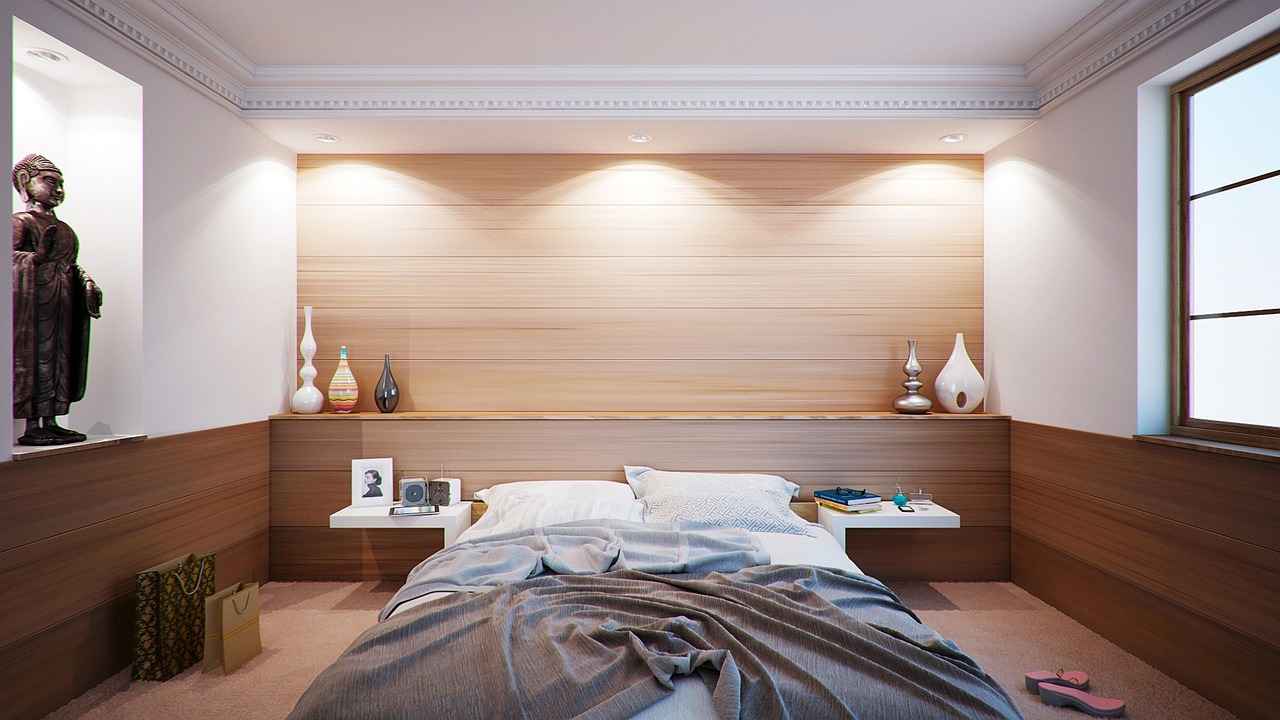
Functional Aspects of Bed Back Walls
When designing a bedroom, the often take a backseat to aesthetics. However, these walls can significantly enhance both the practicality and comfort of the space. By integrating smart design elements, bed back walls can serve multiple purposes beyond mere decoration.
One of the most practical uses of bed back walls is to create integrated storage solutions. By incorporating shelves, cabinets, or built-in bookcases, homeowners can maximize their space while keeping the bedroom organized. This design not only reduces clutter but also allows for easy access to books, decorative items, or personal belongings. For instance, a wall-mounted shelf can hold a collection of books or plants, turning the back wall into a functional display area.
Another essential function of bed back walls is sound insulation. In urban environments or noisy neighborhoods, a well-designed back wall can create a peaceful retreat by minimizing sound transmission. Materials such as acoustic panels or thick upholstery can be employed to absorb sound, making the bedroom a quieter and more restful environment. This is especially beneficial for those who are sensitive to noise or have trouble sleeping.
Bed back walls can also contribute to temperature regulation in the bedroom. Insulating materials can help maintain a comfortable temperature, reducing the need for excessive heating or cooling. This can lead to lower energy bills and a more sustainable living environment. For example, a wall designed with insulated panels can effectively keep the cold air out during winter months while maintaining a cool atmosphere in summer.
In smaller homes or apartments, bed back walls can be designed to serve multiple functions, creating multi-functional spaces. For instance, a bed back wall that incorporates a desk or a fold-out table can transform the bedroom into a workspace. This flexibility is essential for maximizing limited space and can cater to the growing trend of remote work.
While functionality is crucial, the visual appeal of a bed back wall should not be overlooked. A well-designed back wall can serve as a stunning focal point in the bedroom, enhancing the overall aesthetic. Using materials like wood, fabric, or wallpaper can add texture and depth, while integrated lighting can highlight its features. This combination of beauty and practicality ensures that the design remains inviting and functional.
Personalization is key in modern interior design, and bed back walls offer an excellent opportunity for customization. Homeowners can choose colors, patterns, and materials that reflect their personal style while ensuring that the wall serves its intended function. For example, a family might opt for a fabric wall that is both sound-absorbing and visually appealing, creating a cozy atmosphere while enhancing comfort.
In conclusion, the functional aspects of bed back walls are essential for creating a comfortable and practical bedroom environment. By incorporating integrated storage solutions, soundproofing options, and multi-functional designs, homeowners can enhance their spaces significantly. Emphasizing both functionality and aesthetics, these walls can transform a simple bedroom into a serene and organized retreat.
Integrated Storage Solutions
When designing a bedroom, maximizing space while maintaining a stylish aesthetic is crucial. One effective way to achieve this is through in the bed back wall design. This approach not only enhances the functionality of the room but also contributes to a clean and organized environment. Below, we delve into the various aspects of incorporating shelves and cabinets into your bed back wall.
Incorporating shelves or cabinets into the back wall of your bed can significantly optimize the available space. This design choice allows for the storage of books, decorative items, and personal belongings, effectively reducing clutter in the bedroom. By utilizing vertical space, homeowners can free up floor area, making the room feel larger and more open.
- Customizable Designs: One of the main advantages of integrated storage solutions is the ability to customize the design according to individual needs. Homeowners can choose the size, shape, and layout of the shelves or cabinets, ensuring that they fit perfectly within the space.
- Variety of Materials: The materials used for these storage solutions can vary widely, from wood and metal to glass and laminate. Each material brings its own aesthetic appeal and durability, allowing for a design that complements the overall bedroom decor.
- Functional Aesthetics: Integrated storage solutions can be designed to blend seamlessly with the bed back wall, creating a cohesive look. This not only enhances the visual appeal but also makes the storage functional without compromising on style.
Moreover, these storage solutions can be designed to include features such as lighting or hidden compartments. For instance, incorporating LED lighting within the shelves can create a warm ambiance, while hidden compartments can provide additional security for valuables. This multifunctionality makes integrated storage solutions a smart choice for modern bedrooms.
Another important aspect to consider is the ease of access. Well-placed shelves and cabinets can make it easy to reach everyday items, while also showcasing decorative pieces that reflect personal style. By organizing items in a visually appealing manner, homeowners can create a personalized touch that enhances the overall atmosphere of the bedroom.
Incorporating integrated storage solutions into the bed back wall design is not just about aesthetics; it’s about practicality and efficiency. This approach enables homeowners to maintain an organized and clutter-free environment, which is essential for a restful and serene space. With the right design and materials, these storage solutions can become a stunning focal point in the bedroom, transforming the way the space is utilized.
In conclusion, the integration of shelves and cabinets into the bed back wall design presents numerous advantages, from maximizing space to enhancing the overall aesthetic of the room. This modern trend not only meets the practical needs of storage but also elevates the bedroom’s style, making it a perfect solution for contemporary living.
Soundproofing Options
When it comes to creating a tranquil bedroom environment, soundproofing is an essential consideration. The right design and materials can significantly enhance sound insulation, ensuring that your space remains peaceful and restful. This article delves into various soundproofing options available for bed back wall designs, helping you to choose the best solutions for your needs.
Soundproofing refers to the methods and materials used to reduce sound transmission between spaces. In a bedroom, effective sound insulation can minimize disturbances from outside noise, creating an atmosphere conducive to relaxation and sleep. This is particularly important in urban settings where noise pollution can be a constant issue.
Choosing the right materials is crucial for achieving effective soundproofing. Here are some popular options:
- Acoustic Panels: These specialized panels are designed to absorb sound waves, significantly reducing echo and noise levels. They come in various styles and colors, making them a versatile choice for aesthetic enhancement.
- Soundproof Drywall: This type of drywall contains additional layers of sound-dampening materials, making it thicker and more effective at blocking sound. It can be installed behind your bed back wall for optimal results.
- Mass Loaded Vinyl (MLV): MLV is a heavy, flexible material that can be applied to walls, ceilings, and floors to block sound. It’s particularly effective in preventing noise from entering or exiting a room.
- Insulation Materials: Fiberglass or foam insulation can be installed within walls to help reduce sound transmission. These materials are often used in conjunction with drywall for enhanced soundproofing.
In addition to materials, certain design strategies can improve sound insulation:
- Layering Materials: Combining different soundproofing materials can enhance effectiveness. For example, using acoustic panels over soundproof drywall can provide a double layer of protection.
- Sealing Gaps and Cracks: Ensure that any gaps around windows, doors, or electrical outlets are properly sealed. Small openings can allow sound to seep in, undermining your soundproofing efforts.
- Using Heavy Fabrics: Incorporating heavy curtains or upholstered headboards can help absorb sound, further reducing noise levels in the bedroom.
Investing in soundproofing options offers numerous benefits:
- Improved Sleep Quality: A quieter environment can lead to deeper, more restorative sleep, which is crucial for overall health and well-being.
- Increased Privacy: Soundproofing ensures that conversations or noise from within the bedroom do not disturb others in the home, enhancing personal privacy.
- Enhanced Comfort: A peaceful atmosphere contributes to a more relaxing and enjoyable living space, allowing you to unwind after a long day.
While soundproofing can require an upfront investment, it’s important to consider the long-term benefits. Costs may vary depending on the materials chosen and the complexity of the installation. For those on a budget, DIY options such as adding acoustic panels or heavy curtains can be effective without breaking the bank.
In conclusion, effective soundproofing is a vital aspect of creating a restful bedroom environment. By selecting the right materials and employing thoughtful design strategies, you can significantly enhance sound insulation, leading to a quieter, more peaceful space for relaxation and sleep.

DIY vs. Professional Installation
When it comes to designing a stunning bed back wall, one of the most significant decisions homeowners face is whether to undertake a DIY project or hire professionals. This choice can greatly influence the final outcome, depending on various factors such as the individual’s skill level, the complexity of the design, and the desired aesthetic. In this section, we will explore the advantages and disadvantages of both options, helping you make an informed decision.
Opting for a DIY project can be an exciting venture for those who enjoy home improvement and creative expression. Here are some key benefits:
- Cost Savings: DIY projects often require fewer financial resources, as you can save on labor costs by doing the work yourself.
- Personal Touch: A DIY project allows you to infuse your personality into the design, creating a unique focal point that reflects your style.
- Skill Development: Engaging in DIY projects can enhance your skills and confidence in home improvement tasks.
Despite the appealing aspects, DIY projects come with their own set of challenges:
- Time-Consuming: Depending on the complexity, DIY projects can take a significant amount of time, which may not be feasible for everyone.
- Skill Limitations: If you lack the necessary skills or experience, the final result may not meet your expectations, leading to frustration.
- Potential for Mistakes: Errors during installation can lead to additional costs and time spent on corrections.
On the other hand, hiring professionals for bed back wall installation can provide several advantages:
- Expertise and Experience: Professionals bring a wealth of knowledge and experience, ensuring high-quality workmanship.
- Time Efficiency: Hiring experts can save you time, as they can complete the project more quickly and efficiently than a DIY approach.
- Access to Resources: Professionals often have access to specialized tools and materials, which can enhance the quality of the design.
It’s advisable to consider hiring professionals in certain situations:
- If the design involves complex elements that require specialized skills, such as intricate woodworking or advanced electrical installations.
- For projects that demand a high level of precision, where mistakes could lead to costly repairs or alterations.
- When you simply do not have the time or energy to dedicate to a DIY project.
Ultimately, the decision between DIY and professional installation should be based on a careful evaluation of your skills, the complexity of the project, and your budget. For some homeowners, a hybrid approach may work best. For example, you might choose to handle simpler tasks while leaving more complex elements to the professionals. This way, you can enjoy the satisfaction of a personal touch without compromising on quality.
In conclusion, whether you choose to embark on a DIY project or hire professionals, the key is to ensure that your bed back wall design aligns with your vision and enhances your bedroom’s overall aesthetic. Take the time to assess your capabilities and the demands of the project, and you will be well on your way to creating a beautiful focal point in your home.
Benefits of DIY Projects
Engaging in DIY projects for your bed back wall design offers numerous advantages, making it an appealing option for many homeowners. Not only do these projects provide a cost-effective solution, but they also allow for a high degree of personal expression and creativity. Here are some key benefits of taking the DIY approach:
- Cost-Effectiveness: One of the most significant benefits of DIY projects is the potential for savings. By opting to create your own bed back wall design, you can avoid the high labor costs associated with hiring professionals. Additionally, sourcing materials yourself can lead to further savings, especially if you take advantage of sales, discounts, or repurpose existing items.
- Personalization: DIY projects empower homeowners to create unique designs that reflect their individual tastes and preferences. Whether you prefer a minimalist aesthetic or a bold, eclectic style, the DIY approach allows you to tailor every detail to your liking. This level of customization is often unattainable through pre-made solutions.
- Skill Development: Undertaking a DIY project can enhance your practical skills and boost your confidence. As you navigate the process of designing and building your bed back wall, you’ll learn valuable techniques in woodworking, painting, or upholstery. These skills can be beneficial for future home improvement projects.
- Satisfaction and Accomplishment: Completing a DIY project can provide a profound sense of achievement. There is something incredibly rewarding about transforming your vision into reality with your own hands. This sense of accomplishment can enhance your enjoyment of the space and contribute to a more personal connection with your home.
- Flexibility and Control: When you take the DIY route, you have complete control over every aspect of the project. You can adjust your plans as needed, experiment with different materials, and make changes along the way without the constraints typically imposed by professional services.
- Environmental Considerations: Many DIY enthusiasts prioritize sustainability by using eco-friendly materials or repurposing items they already own. This not only reduces waste but also promotes a more environmentally conscious approach to home design.
In conclusion, opting for DIY projects when designing your bed back wall can lead to significant benefits. From cost savings and personalized aesthetics to skill development and environmental consciousness, the advantages are multifaceted. As you embark on your DIY journey, remember to plan carefully, gather the necessary tools, and enjoy the creative process. Your bed back wall can become a stunning focal point that truly represents your style and personality.
When to Hire Professionals
When considering the design of a bed back wall, the decision of whether to undertake the project yourself or hire professionals can significantly influence the final outcome. While DIY projects can be rewarding and cost-effective, there are specific scenarios where professional expertise is invaluable.
First and foremost, assess the complexity of your desired design. If your vision involves intricate patterns, custom cabinetry, or specialized materials, it may be wise to enlist the help of professionals. Complex installations often require advanced skills that go beyond basic DIY knowledge. Professionals bring years of experience and can navigate challenges that may arise during the installation process.
For designs that incorporate unique elements, such as backlit panels or integrated sound systems, hiring professionals ensures that the installation is executed flawlessly. These features often require electrical work or specific construction techniques that are best handled by those with the right qualifications. Attempting such installations without the necessary expertise can lead to safety hazards and costly mistakes.
One of the primary benefits of hiring professionals is the assurance of quality workmanship. Experienced designers and contractors have a keen eye for detail, ensuring that every aspect of the bed back wall is meticulously crafted. From precise measurements to flawless finishes, professionals can elevate the overall aesthetic of your bedroom, resulting in a polished final product that reflects high standards.
Another critical factor is time efficiency. Professional installers can often complete projects in a fraction of the time it would take an inexperienced DIYer. This efficiency is particularly beneficial for homeowners with busy schedules or those who want to avoid the stress of managing a complex project. By hiring professionals, you can focus on other aspects of your home while they handle the installation process.
Professionals also have access to a wider range of high-quality materials and resources that may not be available to the average consumer. This access can significantly enhance the durability and aesthetic appeal of your bed back wall design. Additionally, professionals often have established relationships with suppliers, potentially leading to better pricing and options.
During the design process, unexpected challenges may arise. Professionals are adept at problem-solving and can quickly devise solutions to any issues that may come up. Whether it’s adjusting for uneven walls or addressing design flaws, their experience allows them to adapt and customize the project as needed, ensuring a seamless installation.
While hiring professionals may seem like a more expensive option upfront, it can be a cost-effective choice in the long run. The potential for costly mistakes in DIY projects can quickly add up, negating any initial savings. By investing in professional services, you can avoid these pitfalls and ensure that your project stays within budget.
Ultimately, the decision to hire professionals for your bed back wall design should be based on the complexity of the project, your skill level, and your specific needs. For intricate designs that require specialized skills and quality workmanship, professionals can save you time, money, and stress, resulting in a beautifully executed final product that enhances the overall ambiance of your bedroom.
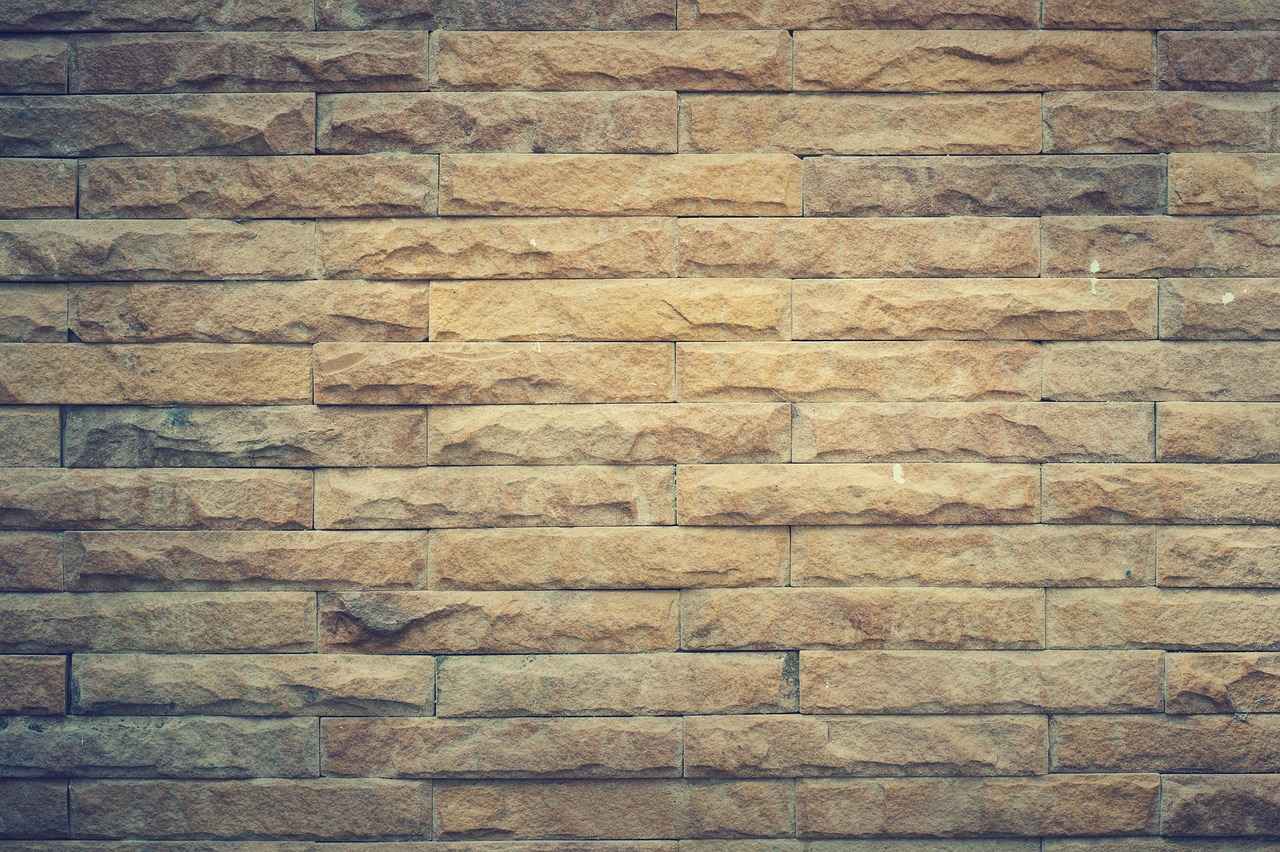
Future Trends in Bed Back Wall Design
The are evolving rapidly, reflecting a shift towards personalization, sustainability, and the integration of technology. As homeowners increasingly seek to create spaces that reflect their individual styles and values, the bed back wall has become a focal point in bedroom aesthetics. This article explores these emerging trends, providing insights into how they shape the future of bedroom design.
One of the most significant trends in bed back wall design is the move towards personalization. Homeowners are no longer satisfied with generic designs; they want to incorporate elements that reflect their unique tastes and lifestyles. This trend is evident in the use of custom wall art, personalized color schemes, and bespoke materials. For instance, incorporating family photos or artwork can create a meaningful focal point that tells a story.
As environmental awareness grows, sustainable materials are becoming increasingly popular in bed back wall designs. Homeowners are opting for eco-friendly options such as bamboo, reclaimed wood, and recycled materials. These choices not only minimize environmental impact but also add a distinctive character to the space. The use of non-toxic paints and finishes further enhances the sustainability aspect, ensuring a healthier living environment.
The integration of smart technology into bed back wall designs is another trend gaining traction. Homeowners are looking for ways to enhance their bedroom experience through technology. Features such as adjustable lighting, built-in speakers, and even smart mirrors can be seamlessly incorporated into the bed back wall. This not only adds functionality but also creates a modern, luxurious feel.
Biophilic design, which emphasizes the connection between nature and interior spaces, is becoming a key focus in bed back wall design. Incorporating elements such as living plants, natural textures, and organic shapes can create a calming atmosphere that promotes well-being. This trend reflects a growing desire for environments that foster relaxation and tranquility, essential for a restful bedroom.
Layering different textures and colors is another emerging trend in bed back wall design. Homeowners are experimenting with various materials, such as fabric, wood, and stone, to create depth and interest. Bold colors paired with softer hues can set the mood of the room, making it both inviting and stylish. This approach allows for creative expression, enabling individuals to craft a space that resonates with their personality.
Beyond aesthetics, future bed back wall designs are increasingly focusing on functionality. Features such as integrated storage solutions, soundproofing materials, and built-in lighting can enhance the practicality of the space. For example, shelves or hidden compartments can provide valuable storage without compromising style, while sound-insulating materials can create a serene environment, essential for restful sleep.
In summary, the future of bed back wall design is marked by a strong emphasis on personalization, sustainability, and technology integration. As these trends continue to evolve, they will undoubtedly shape the way we think about and design our bedrooms. By embracing these innovations, homeowners can create spaces that are not only visually appealing but also functional and reflective of their personal values.
Smart Technology Integration
The integration of smart technology in bedroom design is revolutionizing how we interact with our living spaces. As we move towards a more connected world, the bedroom is becoming an oasis of comfort and personalization, thanks to advancements in technology. This section explores the various aspects of smart technology integration, focusing on adjustable lighting, built-in speakers, and other innovations that enhance the bedroom experience.
One of the most impactful aspects of smart technology in bedroom design is adjustable lighting. Homeowners can now control the intensity and color of their bedroom lighting with just a tap on their smartphones or through voice commands. This feature allows for:
- Personalized Ambiance: Whether you prefer a soft glow for relaxation or bright lights for reading, adjustable lighting caters to your specific needs.
- Energy Efficiency: Smart lighting systems can be programmed to turn off when not in use, reducing energy consumption and lowering utility bills.
- Health Benefits: Studies suggest that the right lighting can improve sleep quality by mimicking natural light patterns.
Another exciting trend is the incorporation of built-in speakers within the bedroom walls. These systems offer a seamless audio experience, allowing users to enjoy music, podcasts, or audiobooks without the clutter of traditional speakers. Key benefits include:
- Space-saving Design: Built-in speakers eliminate the need for bulky audio equipment, maintaining a clean and modern aesthetic.
- Enhanced Sound Quality: With advanced technology, these speakers can provide high-fidelity sound that fills the room, creating an immersive experience.
- Smart Integration: Many built-in systems can be connected to smart home assistants, enabling voice control and easy access to various audio sources.
Climate control is another area where smart technology shines. Smart thermostats and climate control systems can be programmed to adjust the temperature based on personal preferences and daily routines. This technology offers:
- Comfort: Maintain the ideal sleeping temperature, which can significantly improve sleep quality.
- Energy Savings: Smart systems learn your habits and adjust settings to minimize energy use when the room is unoccupied.
- Remote Access: Control your bedroom climate from anywhere using a smartphone app, ensuring the perfect environment upon arrival.
Automated window treatments, such as smart blinds or curtains, are gaining popularity in modern bedrooms. These systems can be programmed to open and close at specific times, providing both convenience and energy efficiency. Benefits include:
- Light Control: Adjust natural light levels to create the desired ambiance throughout the day.
- Privacy: Easily manage privacy without having to get out of bed, enhancing comfort and security.
- Energy Efficiency: Automated treatments can help regulate indoor temperatures, reducing heating and cooling costs.
Integrating all these smart technologies into a cohesive home automation system can further enhance the bedroom experience. A centralized system allows homeowners to:
- Streamline Control: Manage lighting, audio, climate, and window treatments from a single interface.
- Enhance Security: Smart technology can provide alerts and monitoring, ensuring a safe environment.
- Personalize Settings: Create customized scenes for different activities, such as waking up, relaxing, or going to sleep.
In conclusion, the integration of smart technology in bedroom design is not just a trend; it represents a fundamental shift in how we approach our living spaces. By embracing these innovations, homeowners can create a bedroom that is not only aesthetically pleasing but also tailored to their individual needs and preferences. As technology continues to evolve, the possibilities for a more interactive and personalized bedroom experience are limitless.
Sustainable and Biophilic Designs
are increasingly becoming essential elements in modern interior design, particularly in bedroom spaces. As homeowners seek to create environments that promote well-being and harmony with nature, the incorporation of these principles is gaining traction. This article delves into how sustainable materials and biophilic design can transform your living spaces, offering practical insights and inspiration.
Biophilic design is rooted in the idea of connecting people with nature. It emphasizes the inclusion of natural elements in the built environment, which has been shown to improve mood, reduce stress, and enhance overall well-being. This connection to nature can be achieved through various means, such as the use of natural materials, ample natural light, and the incorporation of plant life.
When it comes to sustainable materials, the focus is on minimizing environmental impact while maximizing aesthetic appeal. Reclaimed wood, for example, is a popular choice for bed back walls, offering a rustic charm while reducing the need for new timber. Additionally, materials like bamboo are not only sustainable but also incredibly durable, making them ideal for modern design.
Incorporating natural textiles such as organic cotton, linen, or hemp into your bedroom design can enhance comfort while promoting sustainability. These fabrics are biodegradable and often produced with less harmful chemicals, making them a healthier choice for both your home and the environment. Upholstered fabric wall panels made from these materials can add a touch of elegance while ensuring your space remains eco-friendly.
Maximizing natural light is a fundamental aspect of biophilic design. Large windows, skylights, and strategically placed mirrors can help to bring the outdoors in, creating a bright and airy atmosphere. This not only enhances the visual appeal of the room but also contributes to the overall health of its occupants. Studies have shown that exposure to natural light can improve mood and productivity, making it a vital consideration in bedroom design.
Plants are a quintessential element of biophilic design. Adding greenery to your bedroom can significantly improve air quality and create a calming environment. Consider using potted plants or hanging planters as decorative elements on your bed back wall. Not only do they enhance the aesthetic, but they also foster a sense of tranquility and connection to nature.
The color palette of your bedroom can also reflect biophilic principles. Earthy tones such as greens, browns, and soft blues can evoke a sense of the outdoors, creating a serene backdrop for relaxation. These colors can be incorporated through paint, wallpaper, or even decorative accents, helping to establish a cohesive and calming environment.
Beyond aesthetics, sustainable and biophilic designs can offer functional benefits. For instance, soundproofing materials made from natural fibers can enhance privacy and tranquility, making your bedroom a peaceful retreat. Moreover, integrated storage solutions crafted from sustainable materials can help maintain an organized and clutter-free space, further contributing to a sense of calm.
In conclusion, the integration of sustainable materials and biophilic design principles into bedroom spaces not only enhances the aesthetic appeal but also promotes well-being and environmental responsibility. By embracing these trends, homeowners can create beautiful, functional, and sustainable living environments that reflect a deeper connection to nature.
Frequently Asked Questions
- What materials are best for bed back wall designs?
When it comes to materials, wood, fabric, wallpaper, and stone are all great options. Each offers unique aesthetics and durability, allowing you to choose based on your personal style and the ambiance you want to create.
- How can I incorporate lighting into my bed back wall design?
Lighting can be integrated through wall-mounted fixtures like sconces or LED strips. Backlit panels are also a trendy choice, providing a soft glow that enhances the overall atmosphere of your bedroom.
- Is it better to DIY my bed back wall or hire a professional?
It really depends on your comfort level and the complexity of the design. DIY projects can be fun and cost-effective, but for intricate designs or installations requiring special skills, hiring a professional might be the best route to ensure quality.
- What are the current color trends for bed back walls?
Bold colors like navy and charcoal are popular for a dramatic effect, while soft neutrals like beige and pastels create a calming environment. The choice really hinges on the mood you want to set in your bedroom.
- How can I make my bed back wall more functional?
You can incorporate integrated storage solutions like shelves or cabinets into your design. This not only maximizes space but also keeps your bedroom organized and clutter-free.
